| marc7 travels |
|
One city serves as the gateway to the province while the other teaches us the joys of a simple life. These two cities in Misamis Occidental have its colorful history plastered around town. A casual morning or afternoon walk will give you a glimpse of the cities' colorful past that comfortably blends with the its modern development. Ozamiz City is the gateway of northwestern Mindanao and is a gem for its history and culture. From its shores to its hills, there is a touch of history to discover and enjoy. Oroquieta, on the other hand, is a city that is not a city. Its old town vibe slows down your pace to enjoy THE moment. It allows you to enjoy the a day without the usual hustle and bustle of city life. Get ready as we unravel the stories and the history behind the rustic ambiance of the cities of Ozamiz and Oroquieta. Ozamiz City: For Whom Its Bells Toll The city of Ozamiz was born from the old Spanish town of Misamis. Stradled along the shores of Panguil Bay, its location was a strategic vantage point to set a Spanish fortress to stand guard against pirate attacks coming from the Lanao area. It has blossomed through the years to become the center for economic growth in region. Ozamiz has its own tourism brand that is rooted in its rich history and the Catholic faith. More than just a gateway to northwestern Mindanao, it also prides itself as a historical, cultural, and pilgrimage destination. Immaculate Conception Metropolitan Cathedral At the heart of the city is the Immaculate Conception Metropolitan Cathedral, the center of the Catholic faith in the city. The present church was built from the ruins of the original church that was destroyed by an earthquake. Its first design was one of the first works of Leandro Locsin with his unique style of circles, semi-circles, and squares which is still evident with the church's interiors. One of the most treasured attraction of the church is its pipe organ - the only pipe organ in Mindanao. It was fabricated in Germany, was assembled in 6 weeks, and was inaugurated in July 1967. Bukagan Hill Bukagan Hill, located in the outskirts of the city, is a small hill that offers a beautiful view of the city. It is also starting to become a favorite morning or afternoon hiking spot by locals because of its accessibility. The hill is also the home of the 4 great bells of Ozamiz - St. Peter, St. Marien, St. Joseph, and St. Michael. The bells were commissioned to be installed at the Imaculate Conception Metropolitan Cathedral, however, the combined 7-ton weight of the four bells was too much for the church's belfry. Since the construction of a new belfry was not feasible, the bells found its home at Bukagan Hill where it has remained silent for decades. Getting there: You can rent a tricycle or a habal-habal to go to Bukagan Hill. Ozamiz Seaside Road Cruising through the Ozamiz Seaside Road, I enjoyed a panoramic view of Panguil Bay and Lanao del Norte. The seaside boulevard is a diversion road, over a reclaimed area of the bay, connects the city's outskirt to Ozamiz Port. Although the project is still in the process of completion, I could already see that it will be one of the city's main attraction because of the amazing view of the bay and the surrounding areas. In fact, business establishments are starting to pop up along the stretch of the road. Cota Shrine and Beach Built in 1755 to serve as a Spanish outpost, the Fuerte dela Concepcion y del Triunfo or the Cotta Shrine is a mute testament of the city's colorful history. The rectangular fort was built along the shores of Cota Beach with four outposts - San Fernando, San Jose, Santiago, and San Ignacio. The shrine served as a Spanish Command Outpost and a garrison during World War 2. Just in front of the fort is a beach spot frequented by locals - the Cota Beach. Its black sand shores is a favorite spot for a quick beach chill or a quick beach dip. It offers an amazing panoramic view of Panguil Bay and Lanao del Norte. The shrine and the beach are currently undergoing a major facelift to accomodate the growing interest of tourist in the city. Apart from the beautification of the actual fort, a replica of a Spanish Galleon and a business complex is now under construction to help in attracting tourists and driving commerce in the area. Birhen sa Cota Once enshrined within the walls of the Cotta Shrine is the image of the Nuestra Senora dela Immaculada Concepcion y del Triunfo de la Cruz de Migpangi or the Blessed Virgin of Cotta. She is the patroness of Ozamiz City. On one the side of the fortress' wall is a carved image of the patroness which is believed to be miraculous. It is believed that the image is growing and has been an object of pilgrimage. The courtyard on this side of the fortress has been developed as a sanctuary for the faithful who visit the image. Ozamiz City Hall A ride away from the city center is the Ozamiz City Hall - the center of city governance. The complex sits along the main highway with the Mayor Bernard Memorial Hall as its main attraction. The city's version of Rizal Park sits right across the city hall with a statue of Rizal as its main centerpiece. The open space park is currently under a beautification program. Old Houses of Ozamiz Exploring the streets of Ozamiz City will give you a glimpse of the old days of the city. It has a collection of heritage houses that transcend from the Spanish period to the American period. Walking along Ledesma Street was like walking through a time capsule. The old soul in me got excited as the city treated me with its collection of heritage houses. From a Spanish-period bahay-na-bato to the 70's style of American-designed house, the city has managed to fuse these decades in one vibrant destination. Oroquieta City: Where City Life is Simply Re-defined An hour away from Ozamiz City is the city that defines the good life - Oroquieta City. It is a city that is not a city because its rustic and laidback vibe is a complete contrast to the chaotic city life that we are accustomed to. Oroquieta City has a unique place in Philippine history during World War 2 when it was made the capital of the Free Philippines in 1942. The city was also the host of President Quezon when he was being evacuated to Australia from Corregidor. It has managed to keep its stature in governance, only this time as the center of Misamis Occidental's provincial governance. Although it still remains almost unheard of when it comes to its tourism branding, Oroquieta is proud of its collection of its city attractions. Misamis Occidental Provincial Capitol True to its role in Philippine history, the city of Oroquieta is the center of governance in the province. My first stop during my short visit to the city was the sprawling complex of the Misamis Occidental Provincial capitol. The white-washed Capitol Building stood out as the main centerpiece of the local government compound in Oroquieta. The sprawling open-space park in front make the capitol building standout. The building architecture and the aesthetic design remind me of American-colonial influence. Oroquieta City Hall and City Plaza One of the things that really stood out during my exploration of Oroquieta City was its City Hall. The two-storey government office takes its home in a heritage structure (by the way it looks). It was a real beauty to appreciate. Like most city hall complex in the region, an open-space park is located just right in front of the hall. The park had a statue honoring Rizal as its centerpiece and adjacent to it is the City Kiosk that is a common feature of American-colonial designed park. The park was a welcome relief from the midmorning sun that I enjoyed a quick break by just enjoying the view and the breeze. The park sits adjacent to the shoreline of the city facing Iligan Bay. Independence Street is the city's version of a seaside boulevard where you can also enjoy a lazy afternoon by the beach. Holy Rosary Church The Holy Rosary Church sits right across the Oroquieta City Plaza. Just like most Philippine cities and town, the Catholic faith plays a crucial part in the city's humble beginnings. That is the reason why its location is strategically within the city center. The church sits at the heart of its sprawling courtyard. A driveway leads you to the front of the church where you get to appreciate its simple facade highlighted by an image of Mother Mary. A three-storey belfry adjacent to the church completes the experience. Oroquieta City Hanging Bridge and Layawan River About two blocks east of the church is the Oroquieta City Hanging Bridge. A suspension bridge that traverses the Layawan River. The hanging bridge is a must place to check out because it offers a panoramic view of Layawan River as it meets the waters of Iligan Bay. POST TRAVEL NOTES Ozamiz and Oroquieta are two unassuming destinations that has a colorful history to share. Both may not be popular tourism spots but its history and its unique city vibe make it a destination for travelers who want to have a different travel feel. Its tourism spots may even require a different kind of appreciation - one where you get to appreciate the simple old and laidback town feel. It is that kind of vibe where you just want to sit down at the park, watch the locals go for their afternoon run, and enjoy the "ooh-la-la" of being in the moment. Yes, we have a lot of tourist spots that sweep us off our feet and, on the other end, there are also destinations that is best enjoyed for its rawness. Destinations that stand out not for its amazing tourist spots but for its unique blend of history, culture, and rustic hometown feel. It is these unassuming destinations that gives the Philippines the balance in its tourism ecosystem - the ones that keep us grounded that we cannot live without. Getting There: Philippine Airline and Cebu Pacific Air offer regular flights to Ozamiz City. From Ozamiz City, one can take a bus to Dipolog City at the Ozamiz City Integrated Bus Terminal and you can ask the driver to drop you off at Oroquieta City. From Pagadian City, one can take a bus to Ozamiz City at the Pagadian City Integrated Bus Terminal. Travel Notes: Here is my #ByahengPaDODO itinerary Day 1 (Pagadian City) 8.00am – Arrival at Pagadian via Cebu Pacific / Drop off bags at hotel. 9.00am – ETD to Pulacan Falls 9.30am – Pulacan Falls 11.00am – Brunch or Early Lunch (Suggested: Brew and Bake) 12.00nn – City Walking Tour (Santo Nino Cathedral Parish Church/Pagadian City Hall/ Plaza Luz / Zamboanga del Sur Capitol Building / Rotonda Park) 3.00pm – Isla Putting Balas / Dao-Dao Island 5.30pm – Walk around Pagadian Boulevard (You can also opt to do this in the morning to catch the sunrise) 7.00pm – Dinner then back at the hotel You can read my full Pagadian travel blog here. Day 2 (Pagadian City / Ozamiz City) 5.30a – Sunrise at Pagadian Boulevard. 7.00a – Breakfast and check out of the hotel. 8.00a – ETD for Ozamiz City 11.00a – ETA at Ozamiz City / Check-in at Hotel / Lunch 12.30p – Visit Immaculate Conception Metropolitan Cathedral 1.00p – Visit Bukagan Hill / Ozamiz Seaside Road 2.30p – Visit Cota Shrine / Cota Beach / Birhen sa Cota / Ozamiz City Hall 4.30p – Explore the streets of Ozamiz City (Heritage Houses) 7.00p – Dinner 8.00p – Back at hotel Day 3 (Oroquieta City) 8.00a – ETD to Oroquieta City 9.30a – ETA at Oroquieta City 10.00a – Visit Misamis Occidental Capitol Grounds / Oroquieta City Hall and Plaza / Holy Rosary Church / Oroquieta City Hanging Bridge 12.00n – Lunch at Payling’s
0 Comments
The city sizzles in an amazing mix of urban and rural vibe as we navigated its streets. Its locals were already out doing their usual morning routine as my habal-habal coasted through the city center. From my vantage point, I caught a glimpse of Dapulisan Bay at the end of the the famous sloping boulevard of this city. Finally, I am finally exploring the city popular for its uniquely-angled tricycles - Pagadian City! Pagadian City blossomed, from being a stopover town for traders plying the Zamboanga Peninsula, to become the second largest city the region. The city, nestled along sloping terrains, serves as the provincial capital of Zamboanga del Sur and gateway to the region through the Pagadian Airport. The city is relatively new in the tourism front and most of its destinations are off-beat and raw. But that did not stop us from my birthday exploration in search for its unadulterated attractions. Pulacan Falls The sound of the water cascade can already be heard from the highway. There are no signboards that direct you to Pulacan Falls. It was with the help of google maps that I figured where the jump-off point was but there were no visible trail leading to the falls. I asked one of the locals in the area who pointed to where I would find the trail to this beautiful waterfall. Pulacan Falls is a waterfall located in Upper Pulacan, about 30-minutes away from city. Surrounded by forest cover, the lush greens hides the waterfall from full view along the highway. One needs to make a short two-minute trek through a dirt trail to get to its base where you get an amazing view of Pulacan Falls. Water cascades in streams on a huge rock wall surface from the top, creating an image of an inverted fan. The water then flows downstream as a water source for irrigation. A small trail on the side leads up to the top of the falls. Pulacan Falls is a real beauty to admire from its base. What makes it more appealing is its rustic feel that remains untouched despite its relatively easy access. You can enjoy the tranquility of the place while getting immersed with the sights and sound of nature. It is an unassuming beauty that managed to shy away from the eyes of most travelers. Getting there: Take to tricycle to Pagadian City Integrated Bus Terminal and hop on a bus bound for Ozamiz. Ask the driver to drop you off at Upper Pulacan. The trip takes about 20 to 30 minutes. Landmark is the Tabak Base on the right. Ask the conductor to drop you off at the waterfalls of Upper Pulacan. From the highway, you need to take a 5-minute hike on a dirt trail down to the waterfalls. Santo Nino Cathedral Parish Church Pagadian City's veneration to the Santo Nino de Cebu was due to migration of Christians to the area during the early 20th century. In 1938, the first Catholic church was established to cater to the spiritual needs of the new settlers. The site of the original church was right across the Plaza Luz. The present-day church was built in 1968. Its simple green facade blends perfectly well to the simple and laidback feel of the city. Its interiors evoke the same feel with its elegance and a simple cross as the altar's main highlight. Large windows provide natural lighting inside giving the church a more homey feel. On one area of the church's courtyard is a small altar that honors the image of the Santo Nino. Devotees honors their patron saint by offering a candle and a short prayer. Pagadian City Hall and Plaza Luz At the heart of city, the Pagadian City Hall is the center of local governance. Similar to most governance halls in the Mindanao area, the city hall sits on a vast area with a park situated in front of its main building. Our national hero, Rizal, is the highlight of the park with a globe underneath its pedestal. Right across the city hall courtyard is the sprawling Plaza Luz. It is a huge area that features an open-space park. The main activity area features a clam-shaped stage where most of the city's activities are staged. Basketball courts are located beside the main activity area which indicates a strong thrust of the local government towards sports activities. Zamboanga del Sur Capitol Building Pagadian City, being the provincial capital, also serves as the home of the provincial government offices. The Capitol Building sits on one of slopes of Pagadian City, overlooking Dapulisan Bay. The sprawling compound houses most of the provincial offices of national agencies. The compound also features a small park in front of its main building. Rotonda Park The Rotonda Park atop Bulatoc Hill offers a panoramic view of Pagadian City and Illana Bay. From the vantage point of the Rotanda Park, one can have a picturesque view of Pajares Avenue sloping down the hills of Pagadian City towards the bay. The park also offers horseback riding activities for its guests. It is undergoing improvements at the time aof my visit and I hope that, after these changes, the park will be able to offer its guests more activities in the future. Pagadian Iconic Tricycle Of course, one should not miss out a ride on Pagadian's iconic tricycles. The city's tricycles are inclined by 45 degrees for the utility vehicle to easily navigate the steep slopes of the city. The incline gives its riders a different feel. I tried riding the tricycle both on the high end and low end, and each gave me a different feel. Riding at the front was more comfortable because of my height. But that did not stop me from trying out the back end of the tricycle. Isla Puting Balas Off the coast of Dapulisan Bay is a small white sand bar called Isla Puting Balas. The sandbar reveals itself only during the lowtide so right timing is necessary when you plan to visit Isla Puting Balas. Isla Puting Balas is unspoiled and raw. It gives you that unique feel of being in the middle of the sea. The sandbar also gives its guest a nice view of Pagadian City from the sea. I was lucky to have the sandbar all for myself that afternoon - a cool birthday treat from Pagadian. The trip to Isla Puting Balas takes about 45 minutes from the San Pedro Port. One needs to charter a boat and one needs to make sure that your boatman knows how to get to Isla Puting Balas. You can contact Kuya Rico at (0948) 4859544 to make boat arrangments to the sandbar. Getting there: Take a tricycle to Port San Pedro where you can charter a motorized bangka to Isla Puting Balas. You can contact Kuya Rico at (0948) 4859544 for boat arrangements. Dao Dao Islands (Daku and Gamay) On the way back from Isla Puting Balas, I requested that we pass by the Dao Dao Islands - a popular beach destination of Pagadian locals. Daku Gamay is the largest of the two islands located around 10 minutes from the port. Daku Gamay is actually a sandbar that emerges during low tide. Both islands were developed for tourists and locals with resort facilities. Guests can enjoy swimming and snorkeling in the waters surrounding Dao-Dao Islands. Pagadian Boulevard Just before leaving for Ozamiz, I made a quick visit to the Pagadian Boulevard. The boulevard, located close to the seaport of Pagadian, is a favorite morning/afternoon spot of locals where they can do their regular exercise, relax and enjoy the view of the sea, or simply chill out and enjoy the evening breeze. The boulevard still needs a little improvement on the business side to make it a watering hole for locals and guests. It is a great place where locals and tourists can converge to enjoy a quick morning run, a lazy afternoon sharing stories, or an evening cap off over a few bottles of beer. POST TRAVEL NOTES Every year I have always strived to explore a new destination during my birthday month. Pagadian was one destination that's been on my list for the past two years and I am happy that the city was my trip opener for my 2019 birthday trip dubbed as #ByahengPaDODO, short for Byaheng Pagadian-Dipolog-Ozamiz-Dapitan-Oroquieta. Pagadian's beauty is raw and unadulterated. Most of its destinations still shy away from the eyes of the usual travelers. As I was doing my research and even during the actual trip, I always had to ask "San sa Pagadian?" to make sure that I don't get lost trying to find the spot that I am looking for. Pagadian still has a long way to go on its tourism front. There are still a lot to be explored and discovered - the small hills that rise from its flatlands, a waterfall hiding behind the trees, or the sandbar that requires an appointment to fully enjoy its beauty. What is good about having to explore these now is that you get to see and enjoy its raw beauty ahead of everybody else. Getting There: Philippine Airline and Cebu Pacific Air offer regular flights to Pagadian City. I highly recommend Chandler Suites for overnight hotel accomodations. Travel Notes: Here is the sample itinerary of a day trip in Pagadian City. #ByahengPaDODO Day 1 (Pagadian City) 8.00am – Arrival at Pagadian via Cebu Pacific / Drop off bags at hotel. 9.00am – ETD to Pulacan Falls 9.30am – Pulacan Falls 11.00am – Brunch or Early Lunch (Suggested: Brew and Bake) 12.00nn – City Walking Tour (Santo Nino Cathedral Parish Church/Pagadian City Hall/ Plaza Luz / Zamboanga del Sur Capitol Building / Rotonda Park) 3.00pm – Isla Puting Balas / Dao-Dao Island 5.30pm – Walk around Pagadian Boulevard (You can also opt to do this in the morning to catch the sunrise) 7.00pm – Dinner then back at the hotel |
Marc del Rosario
I believe in education, entrepreneurship, and caring for the environment. Archives
June 2024
|
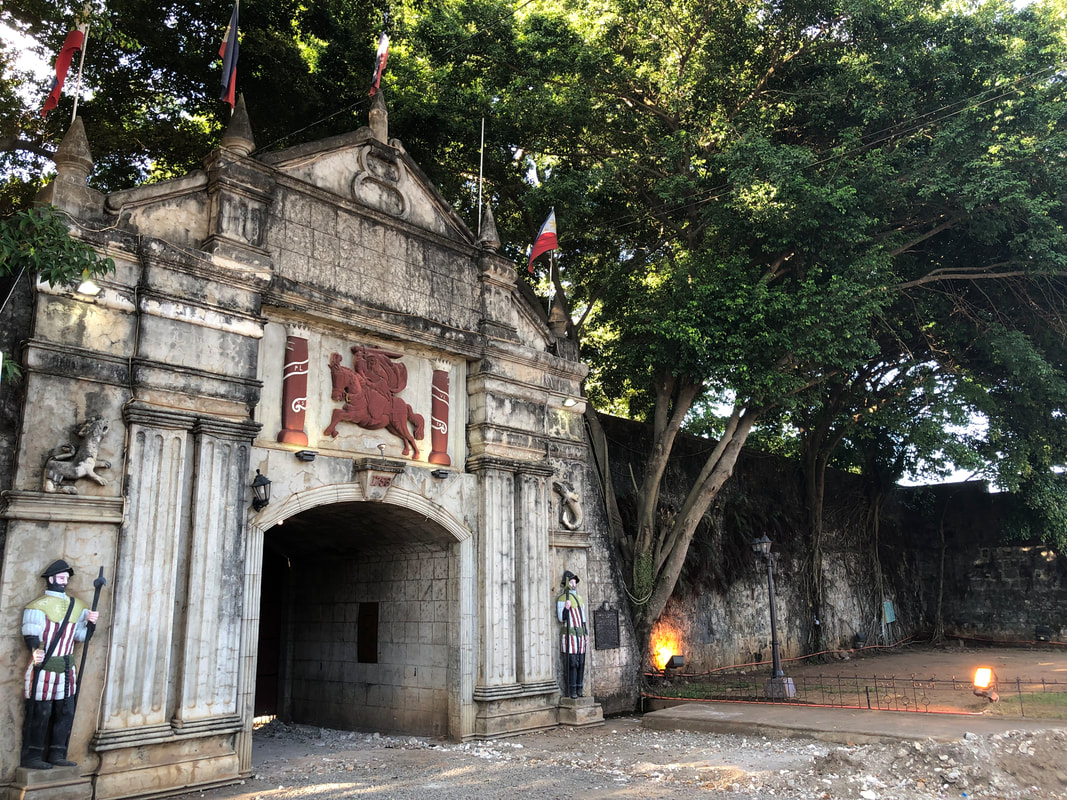
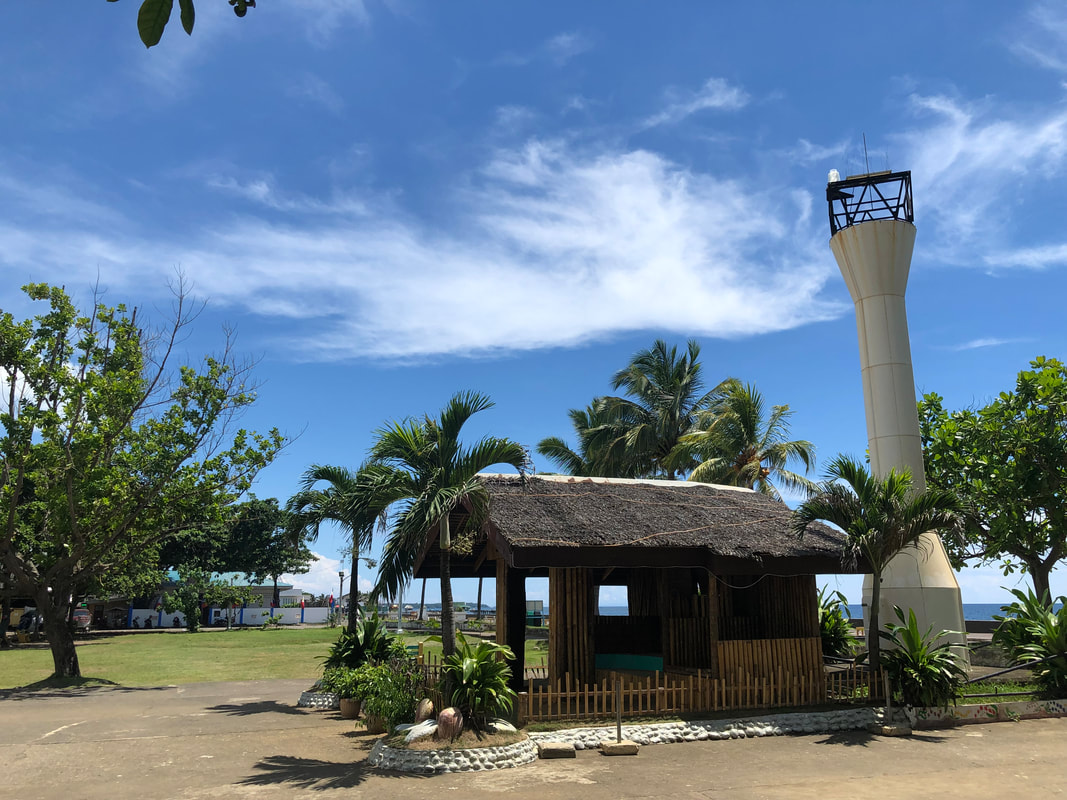
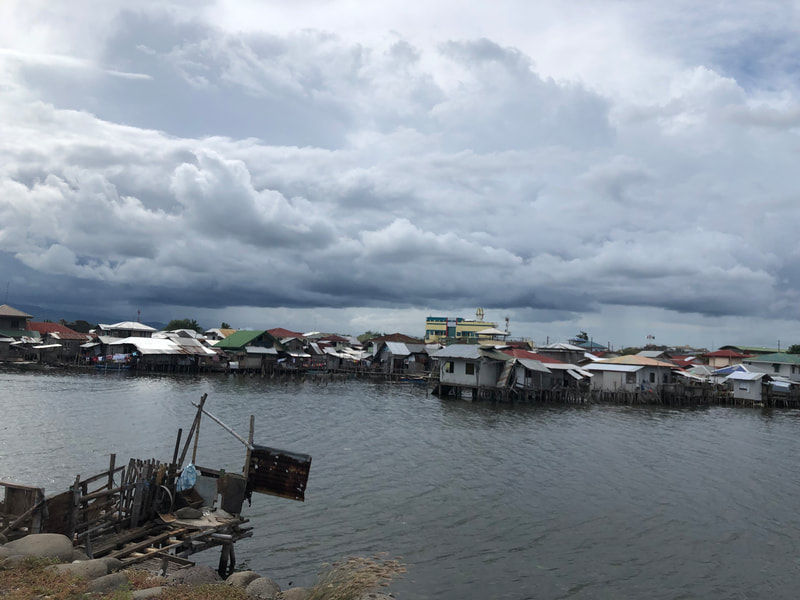
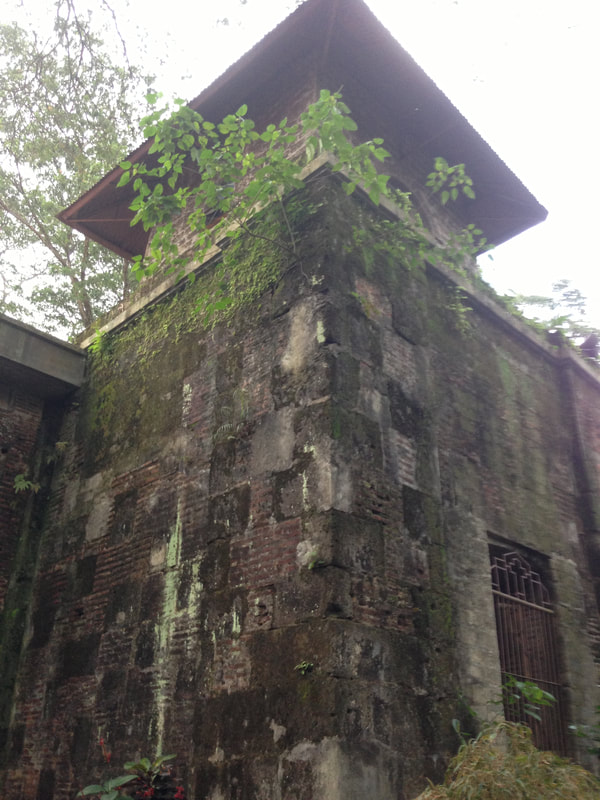
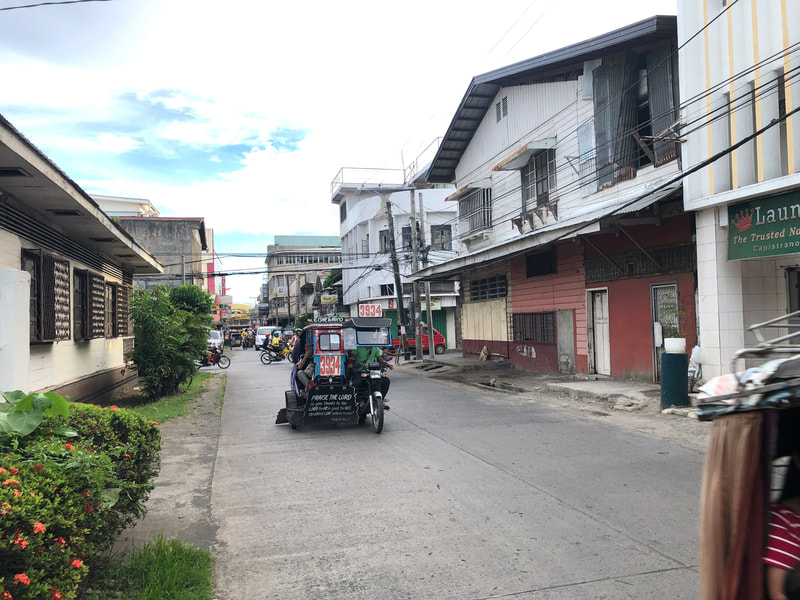
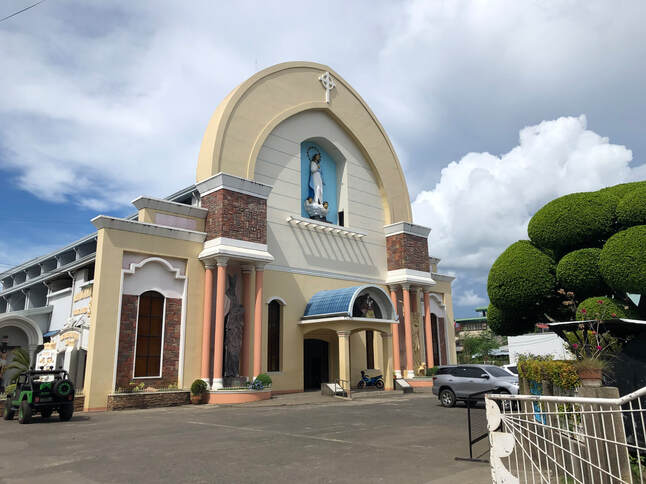
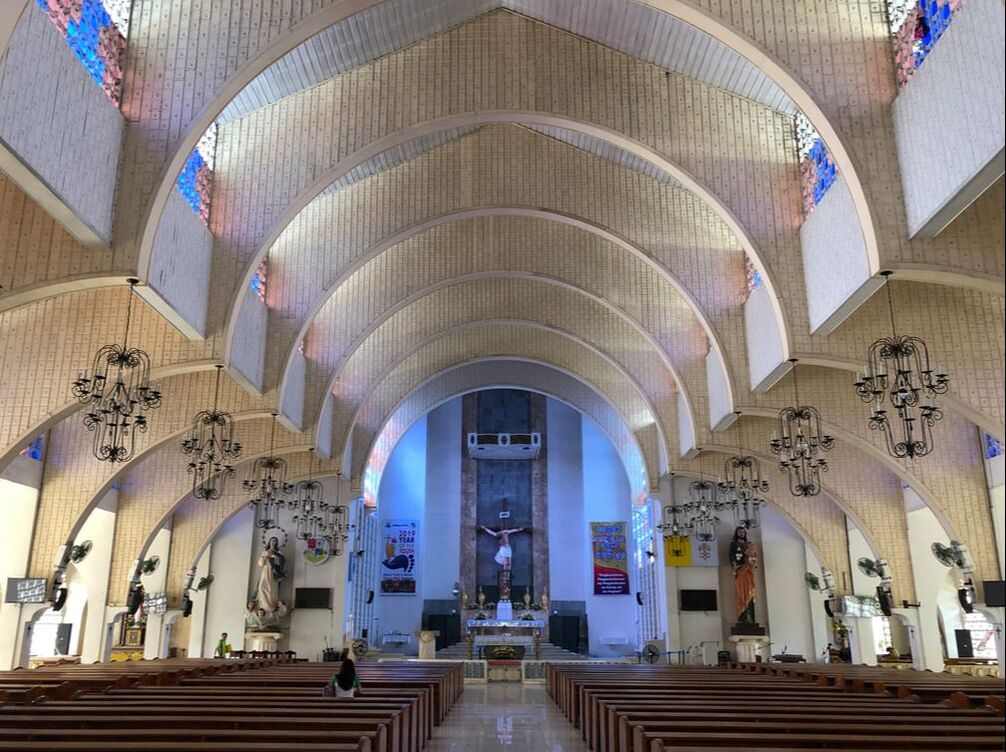
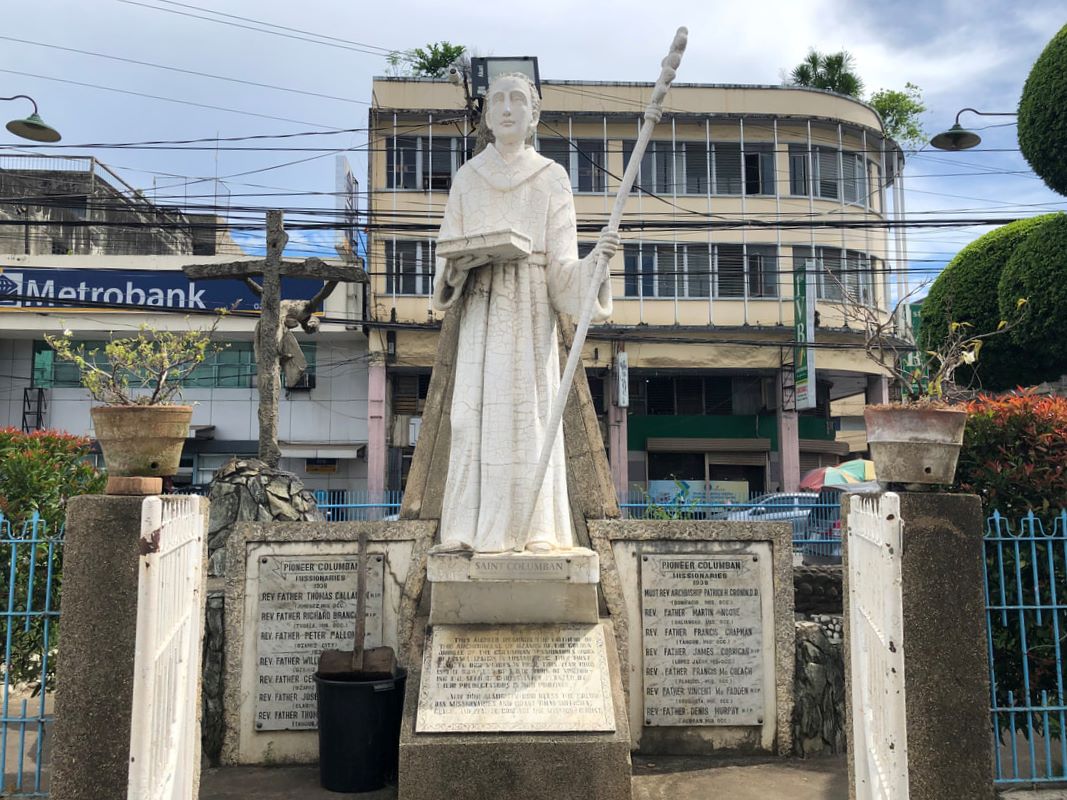
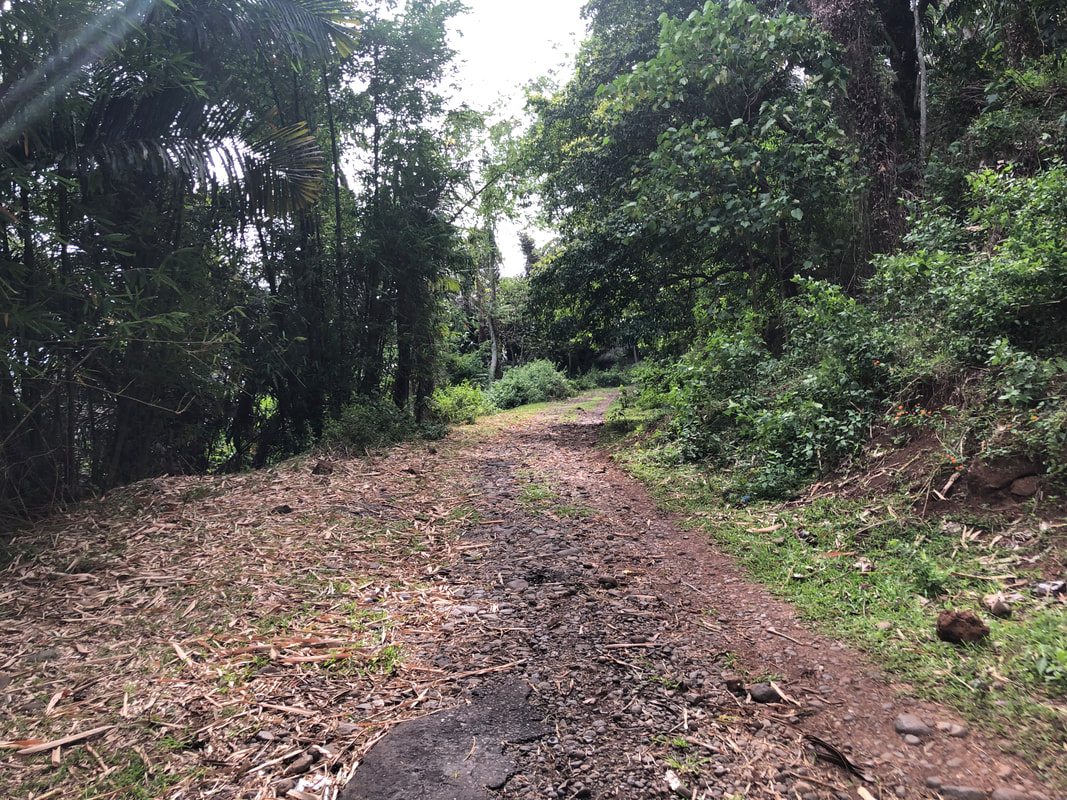
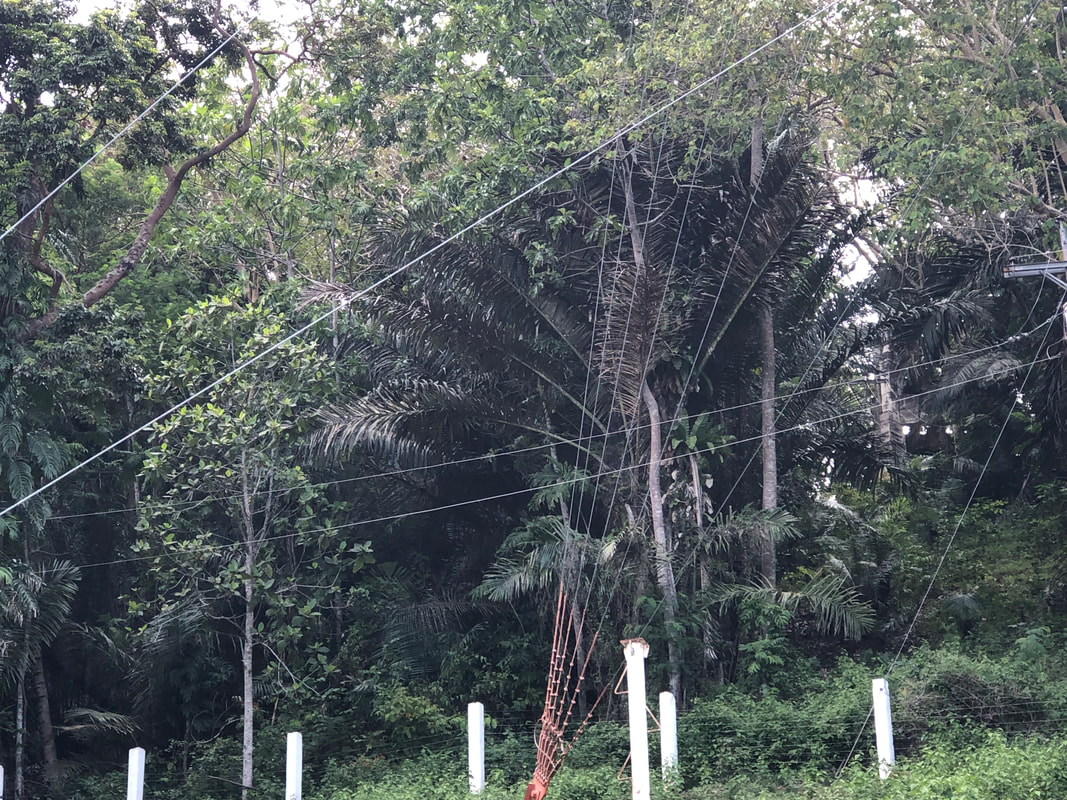
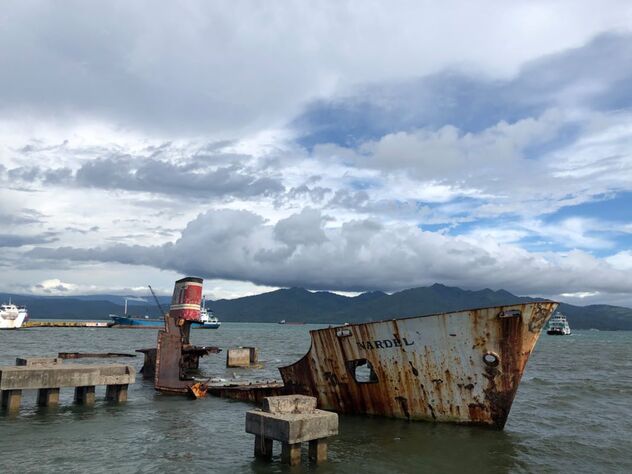
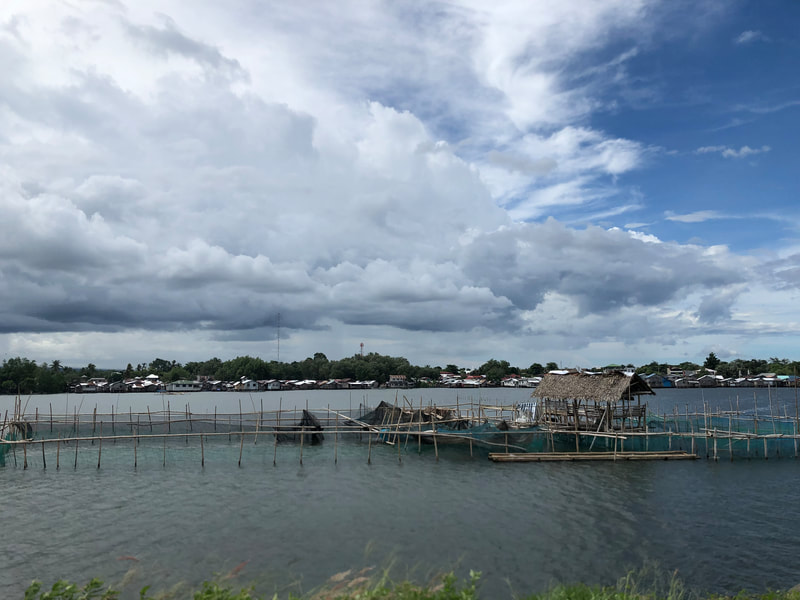
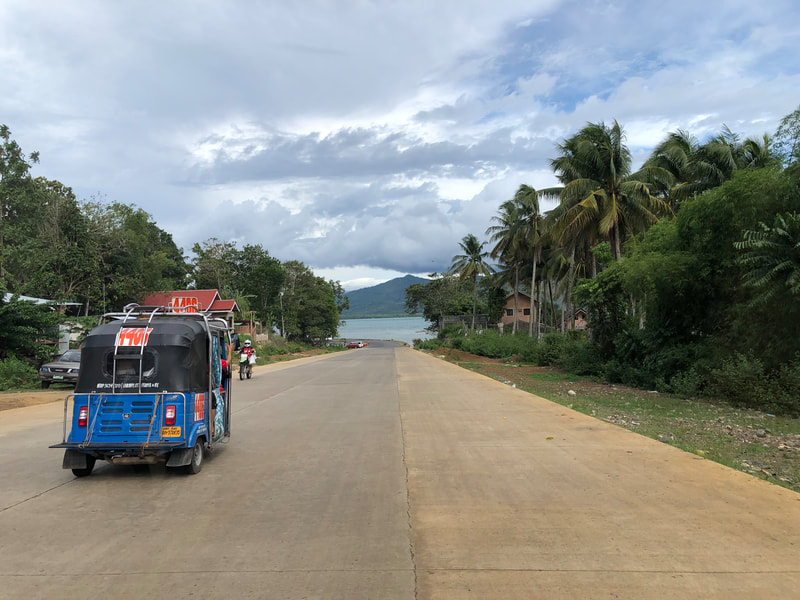
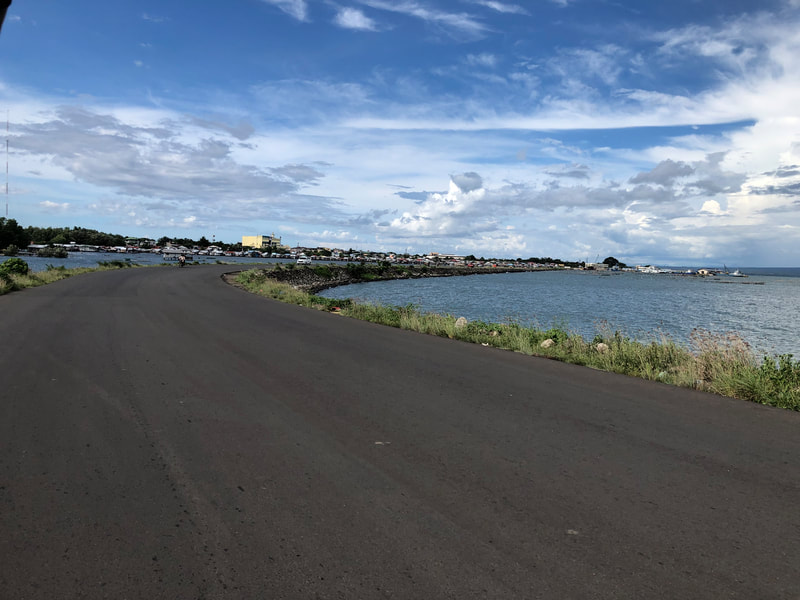
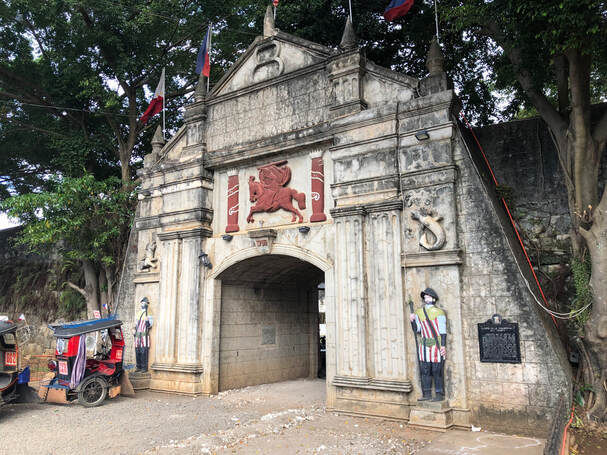
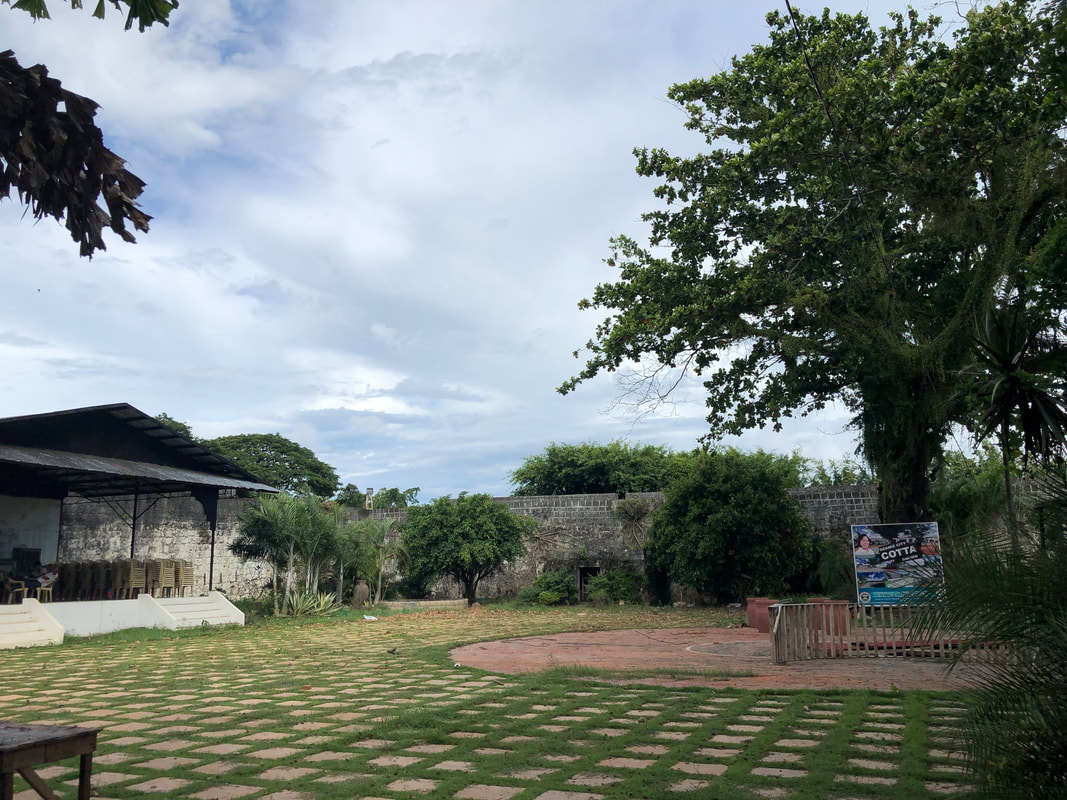

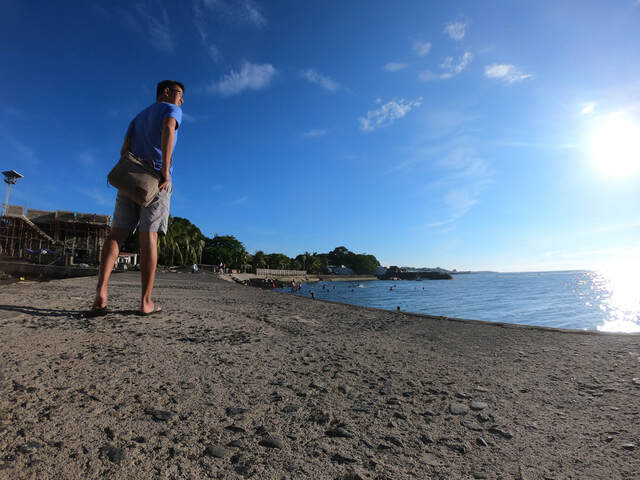
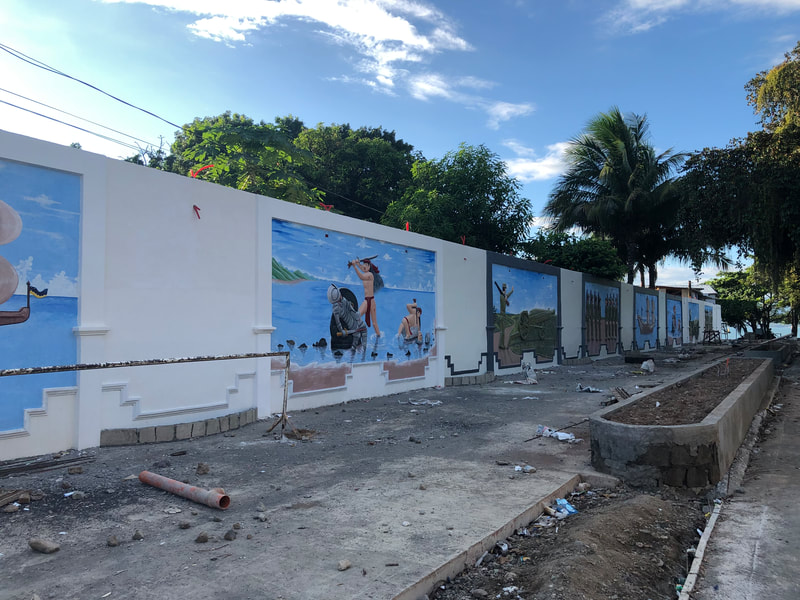
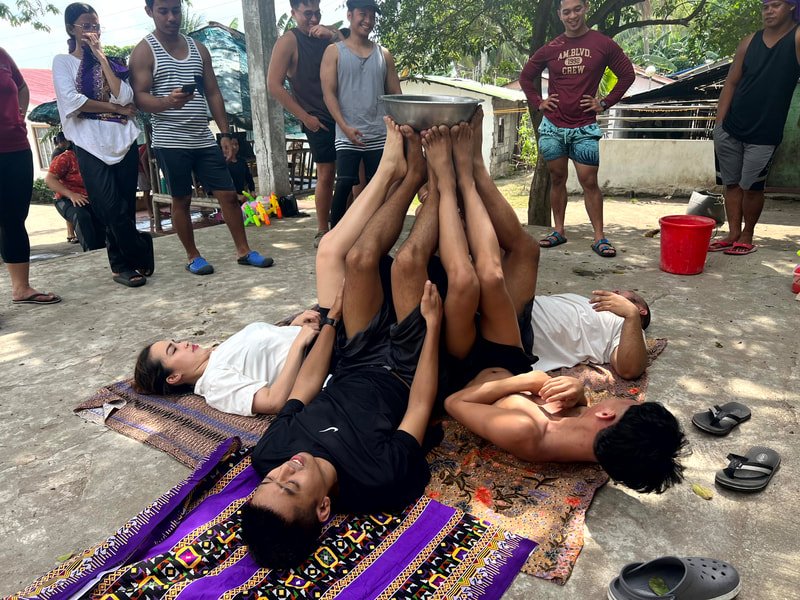
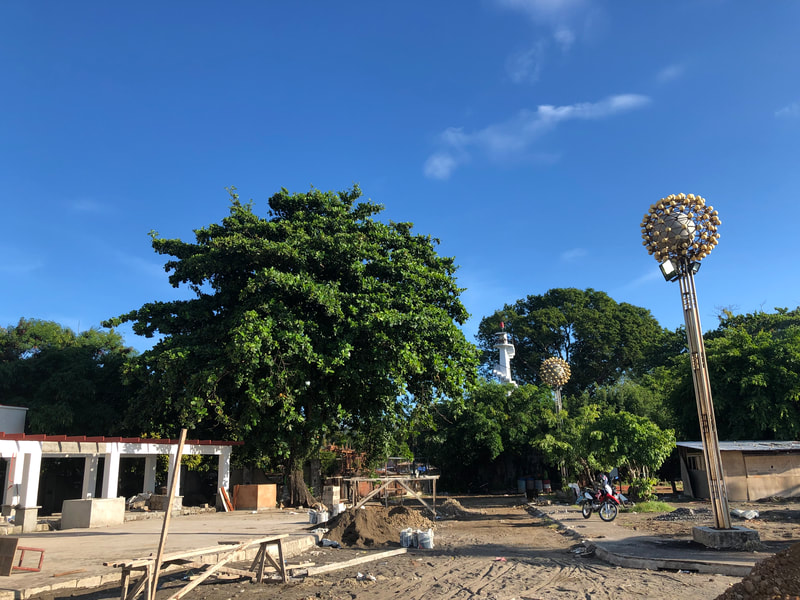
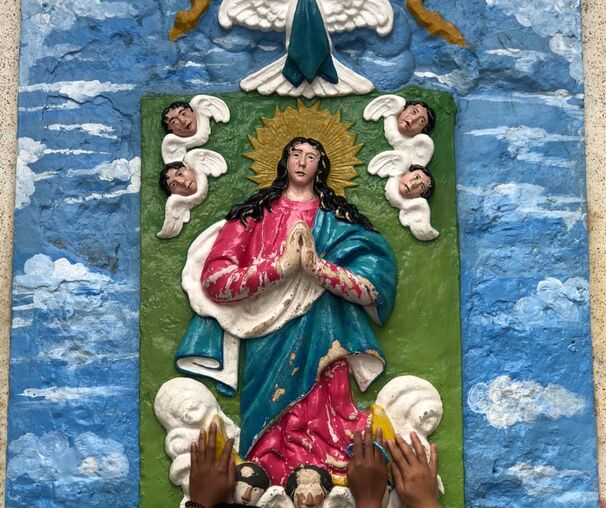
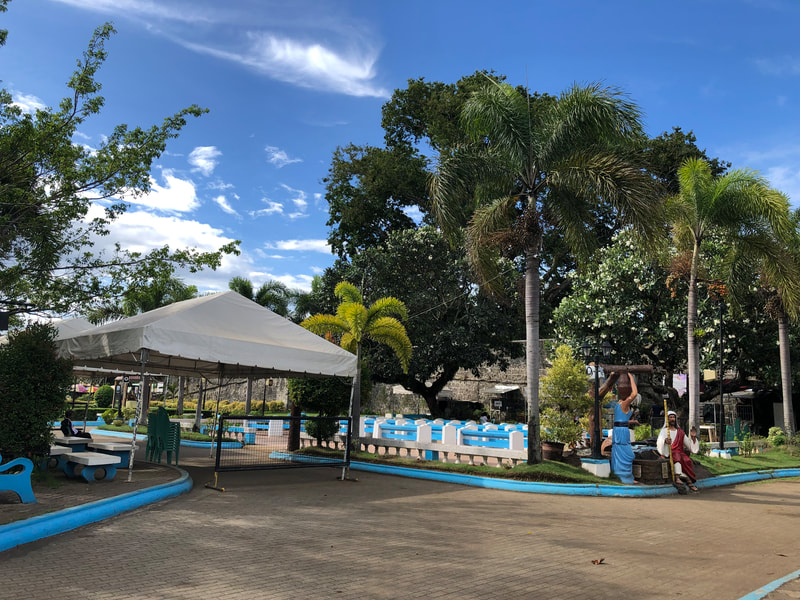
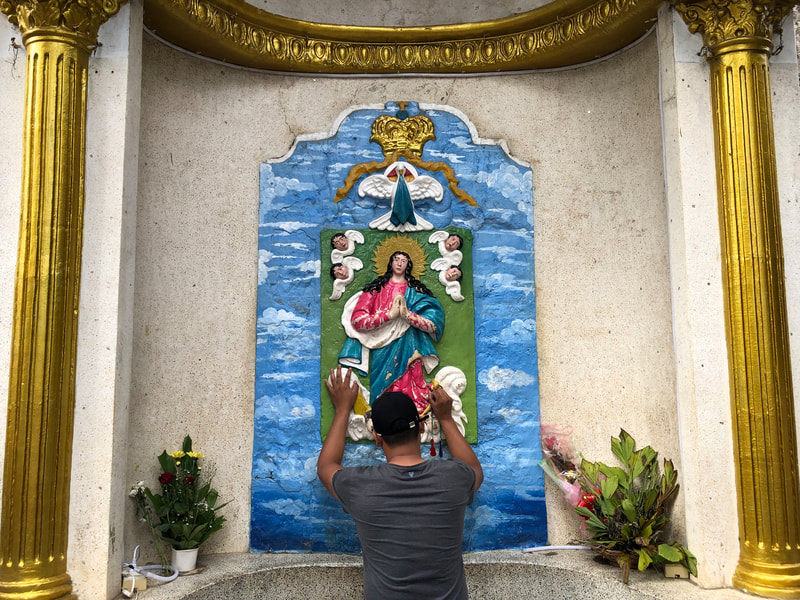
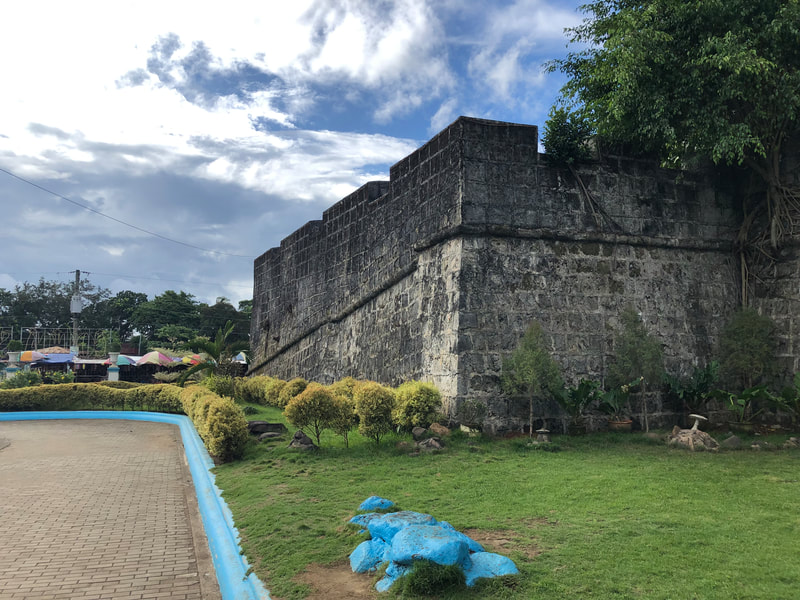


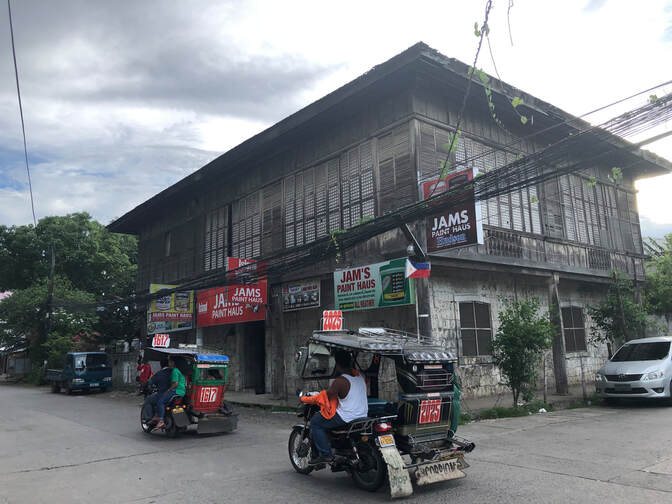
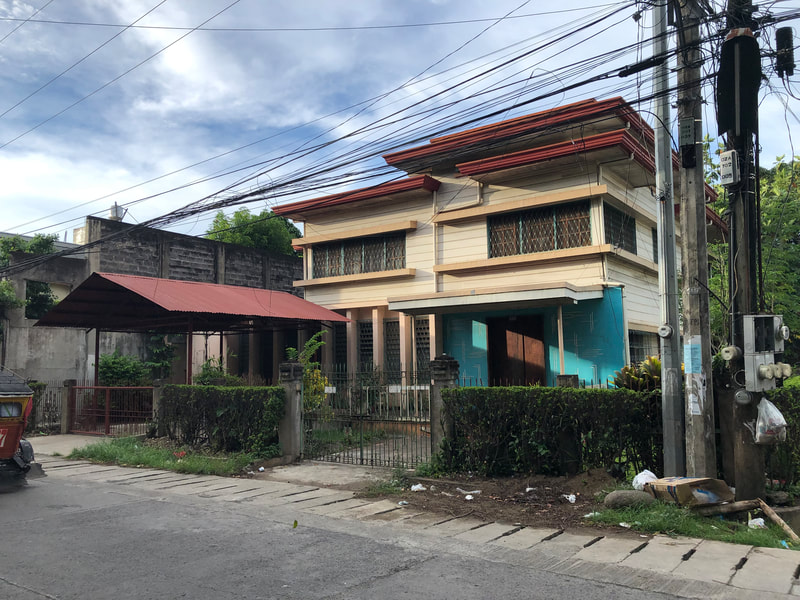
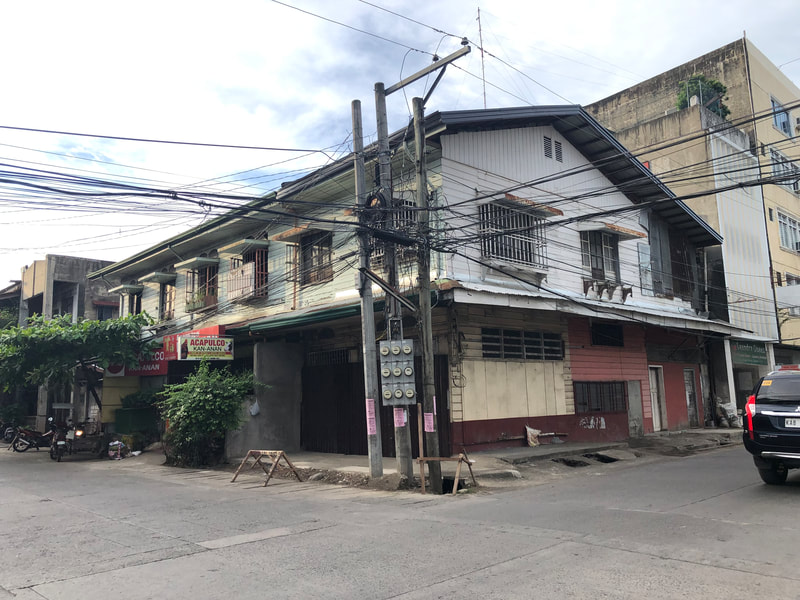
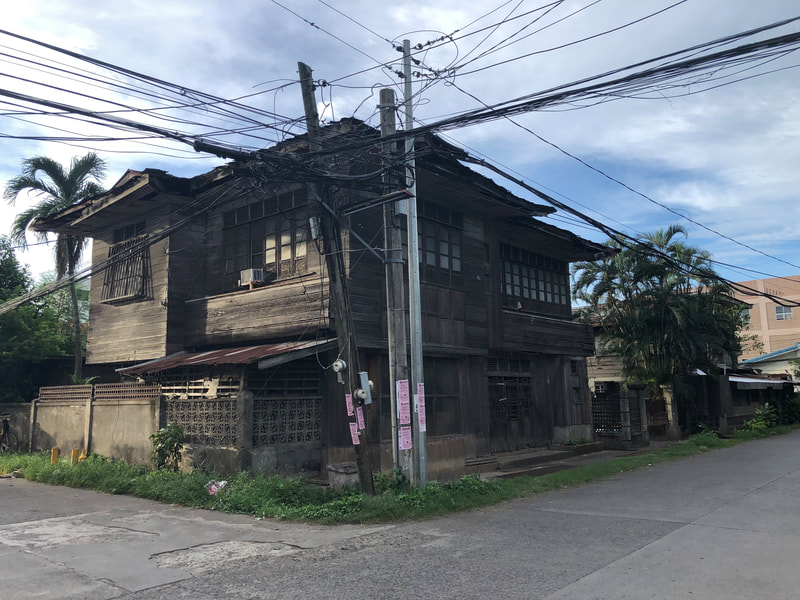
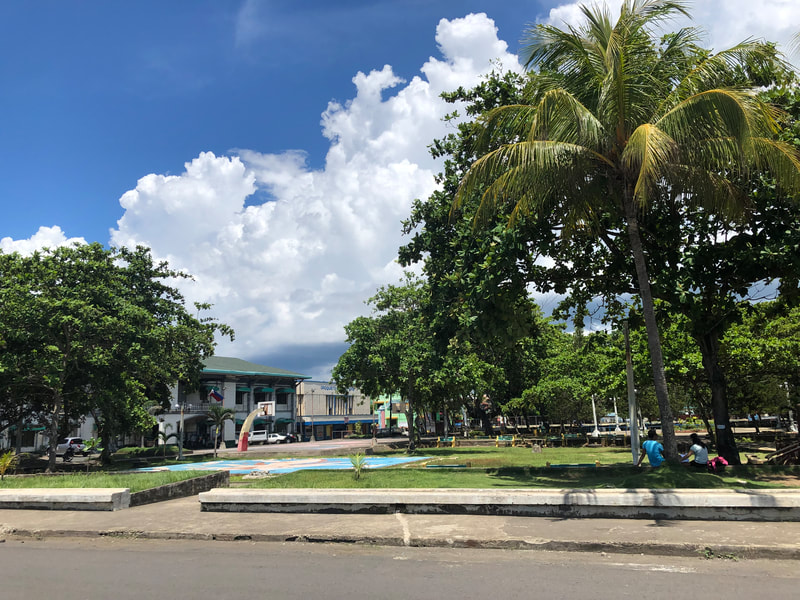
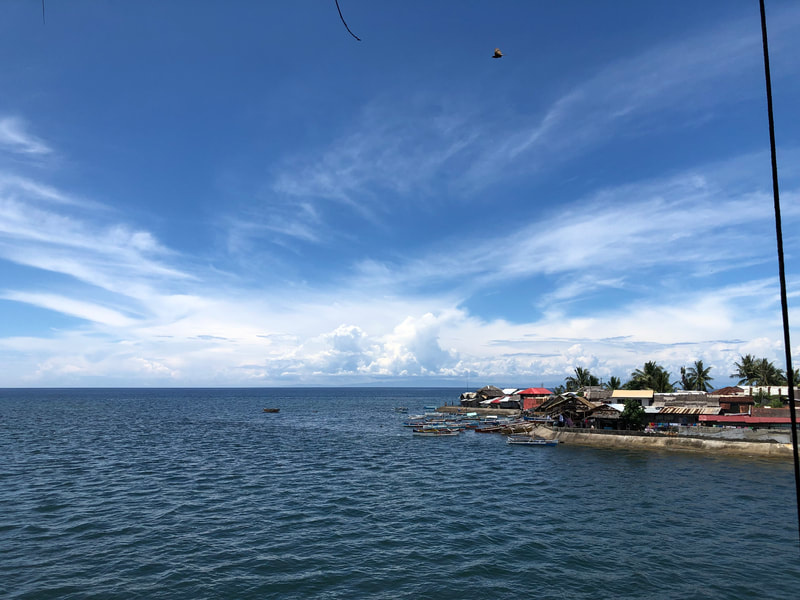
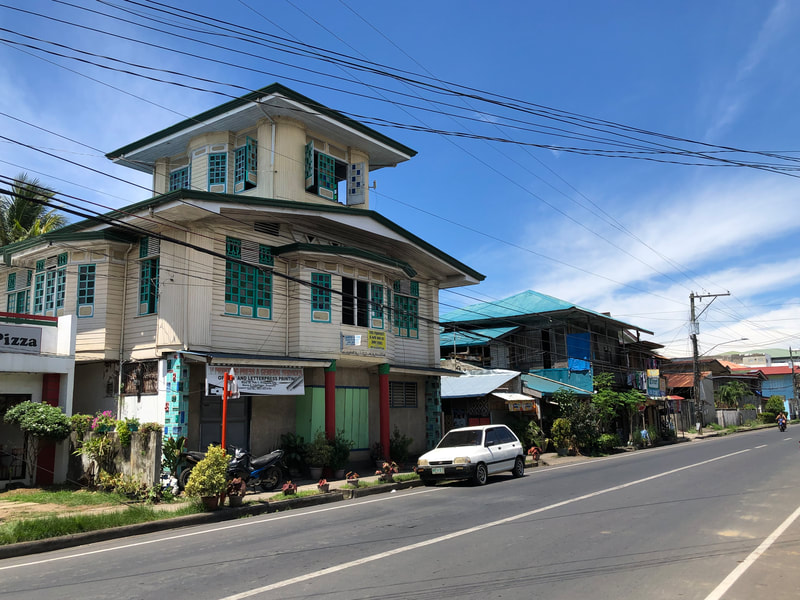
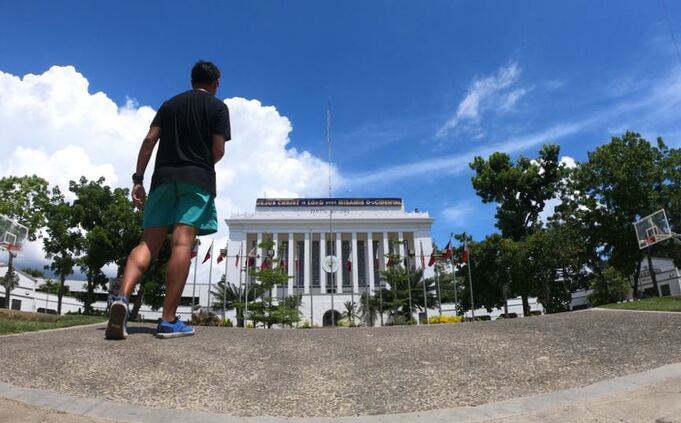
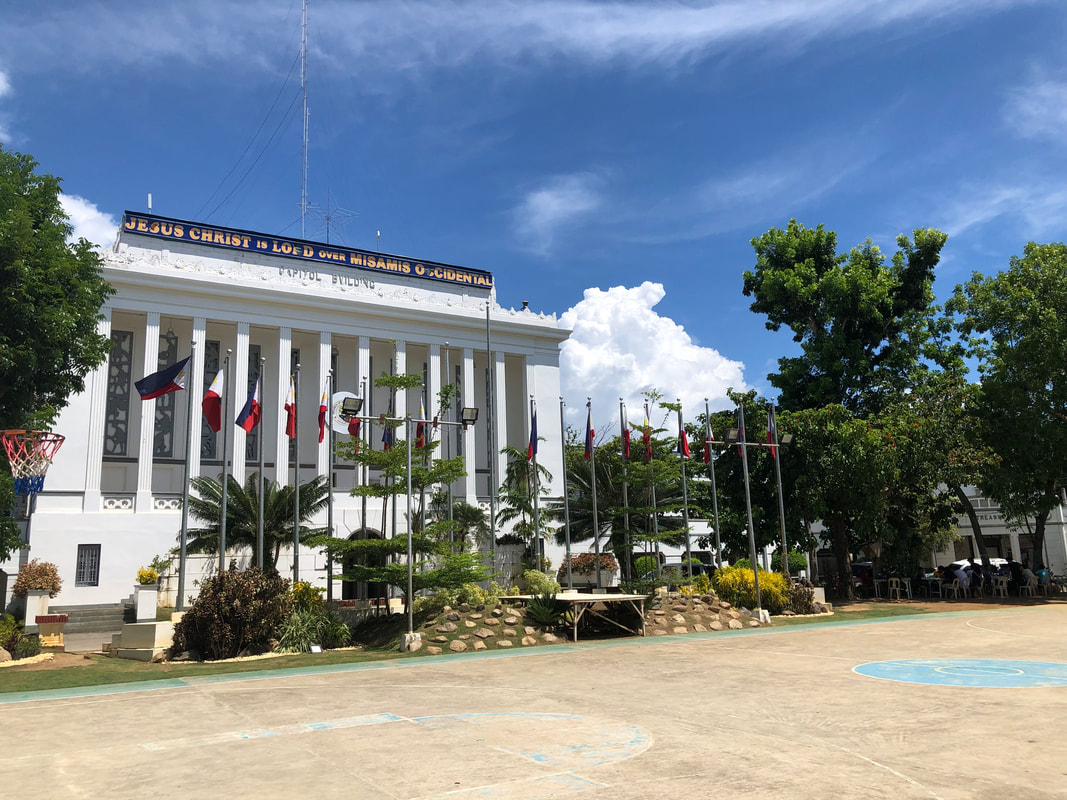
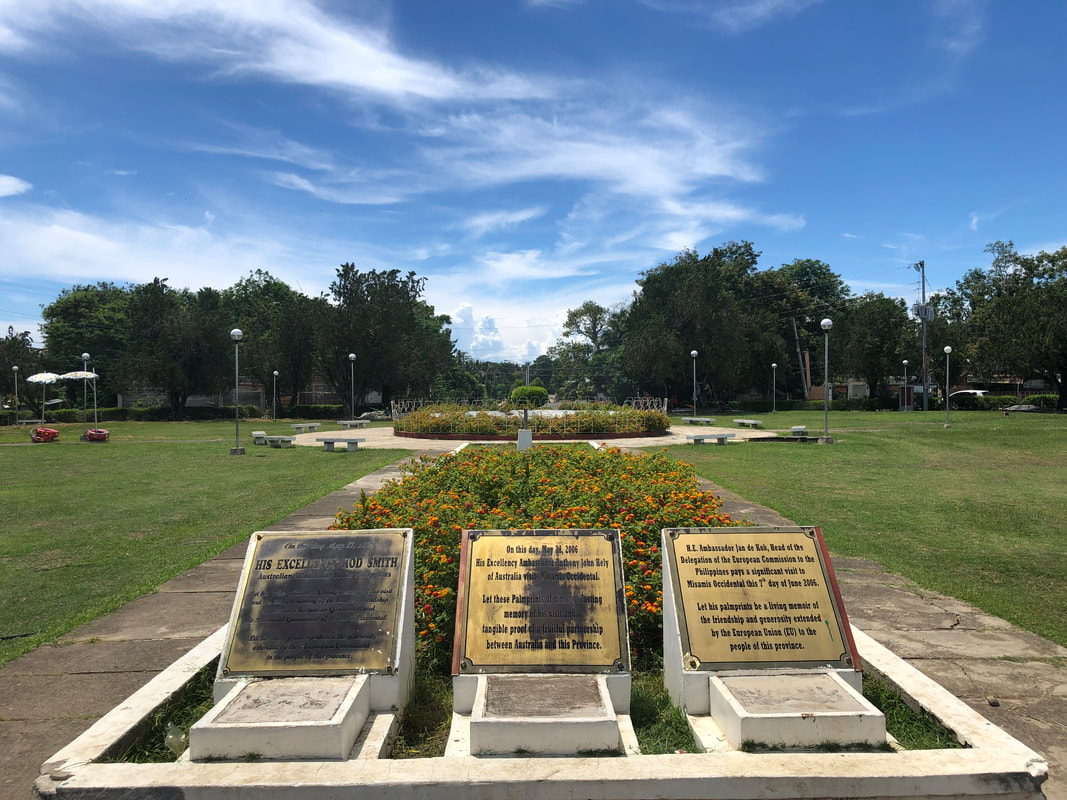
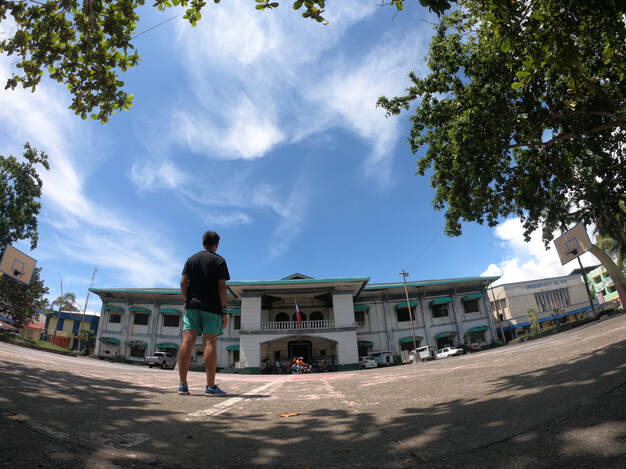
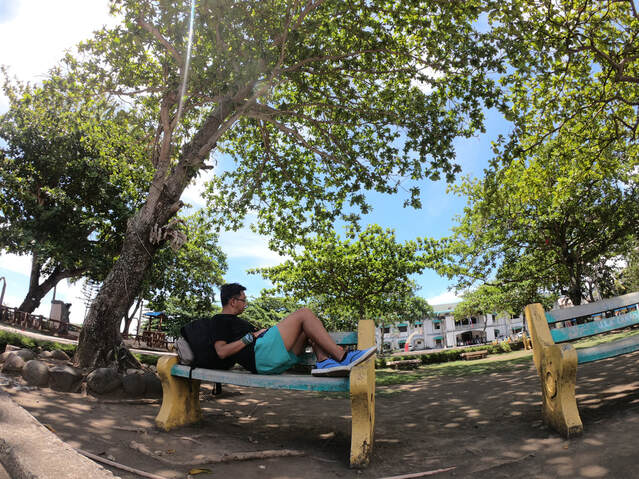
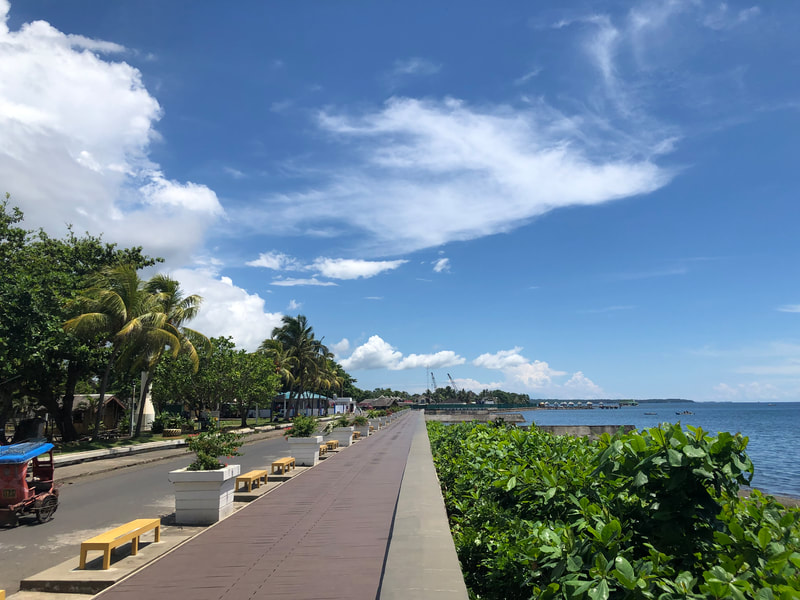
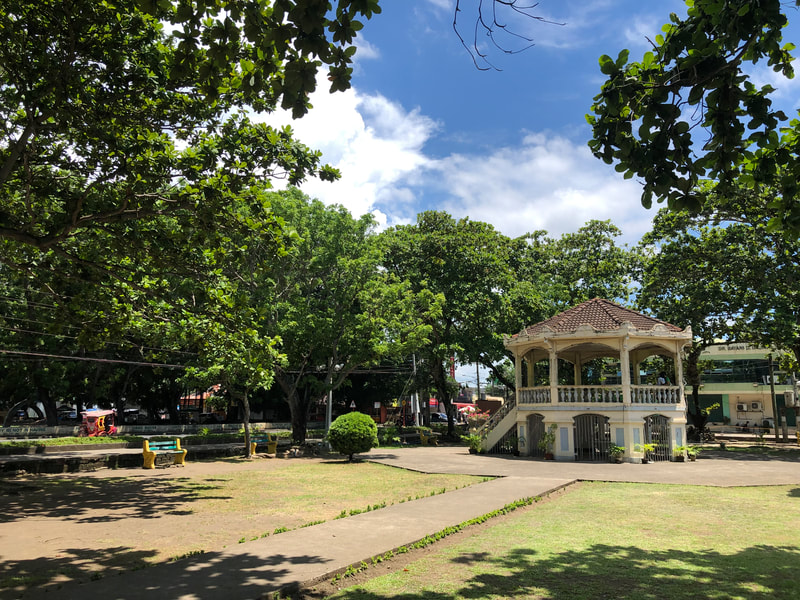
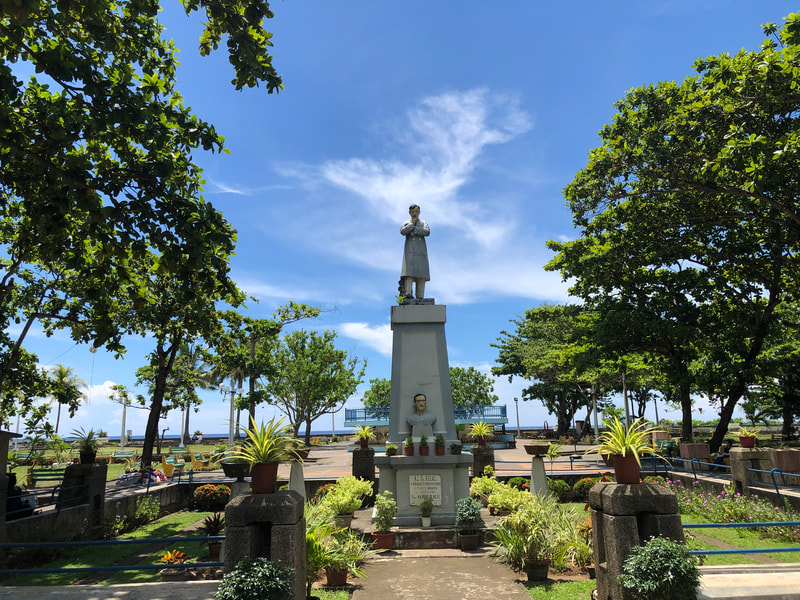
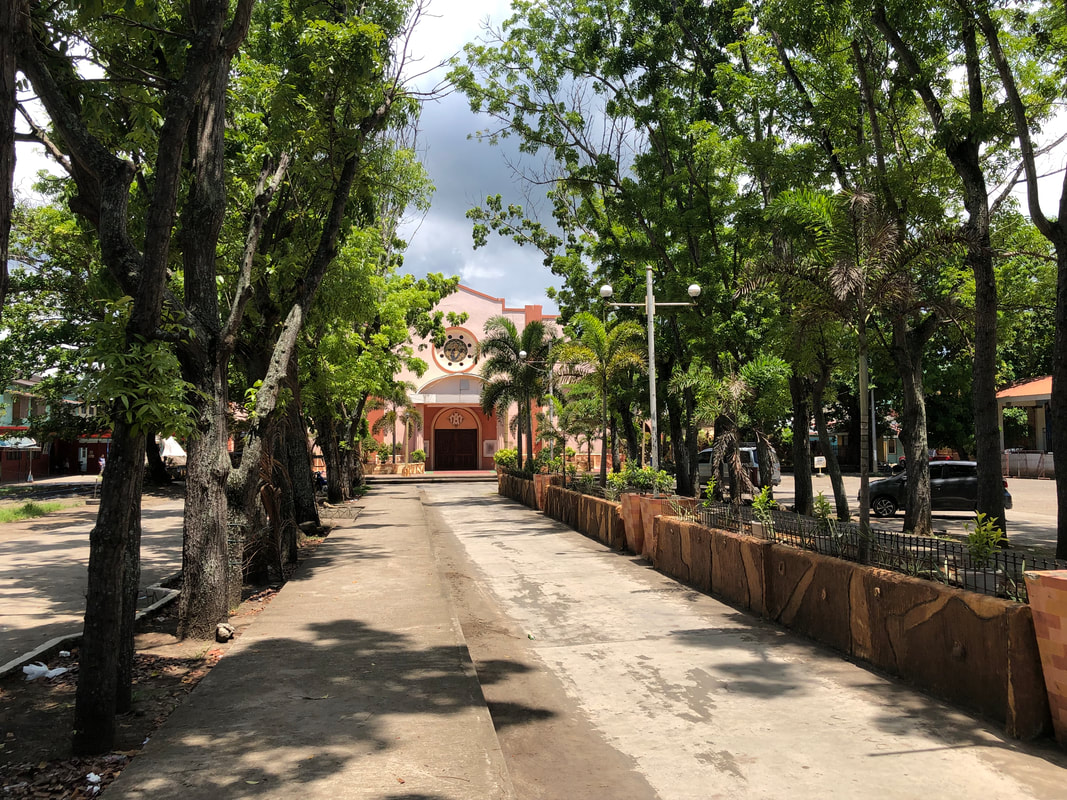

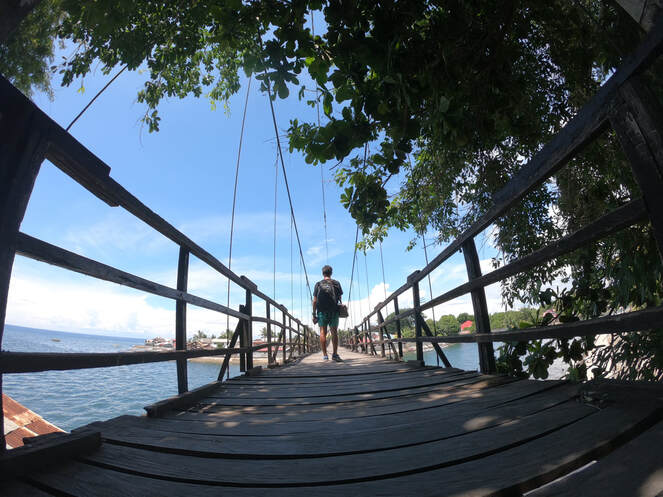
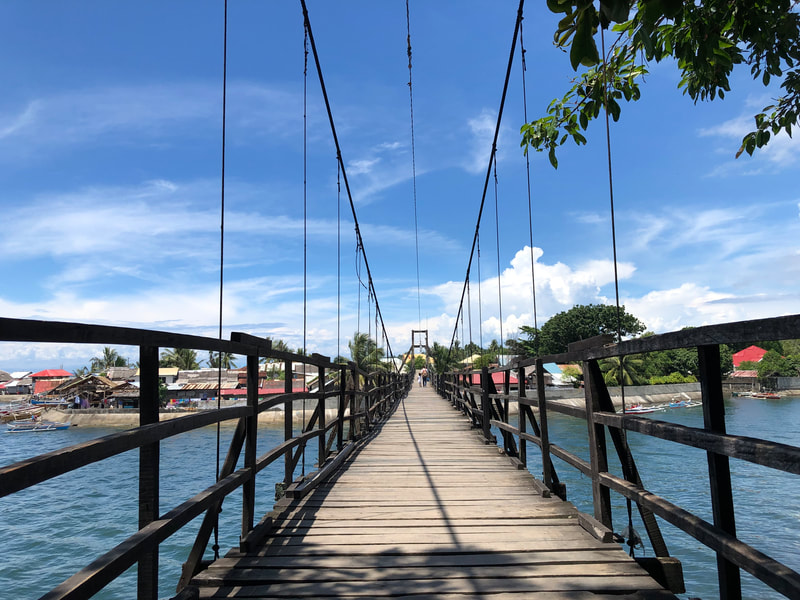
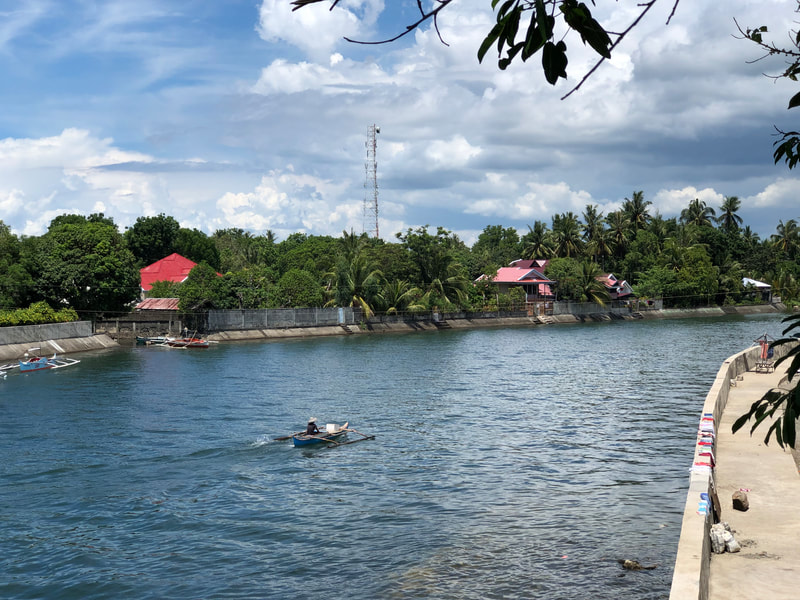
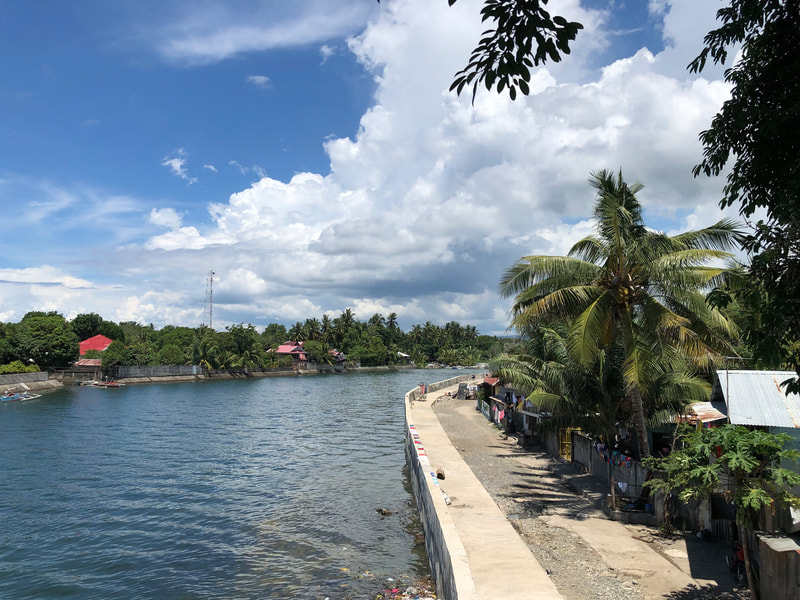
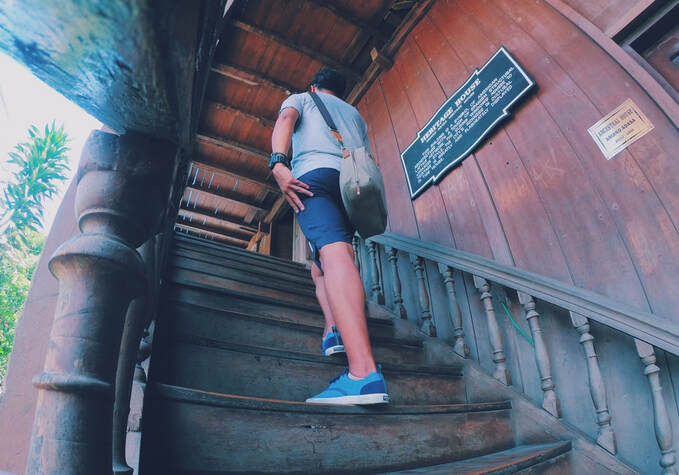




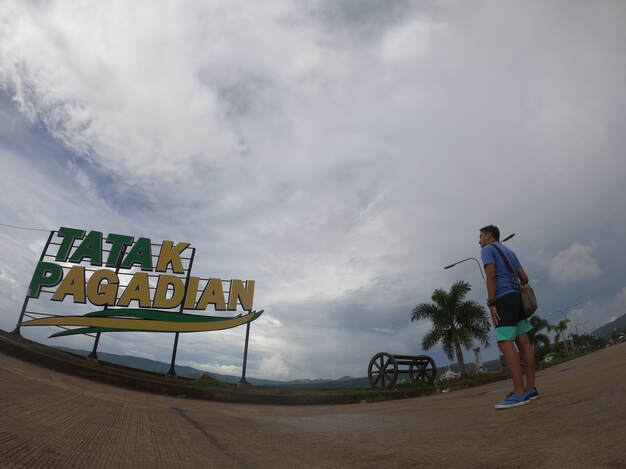
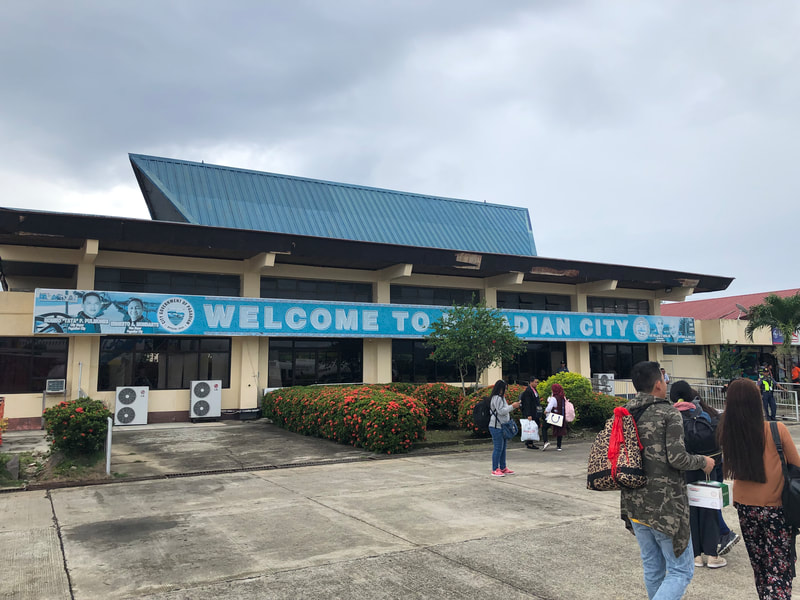
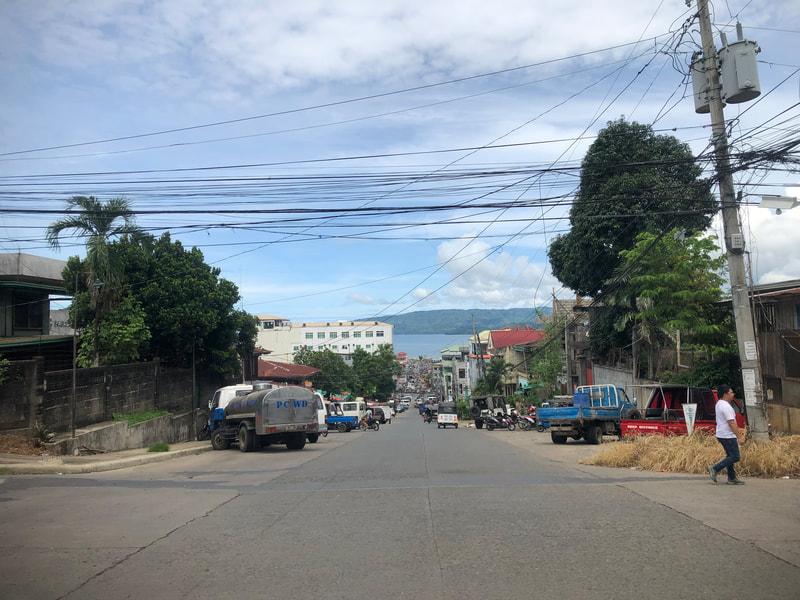
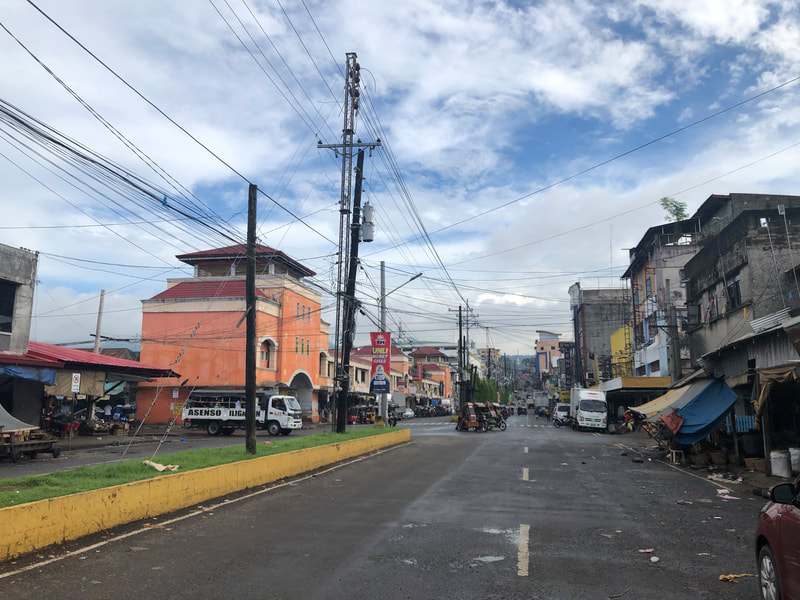
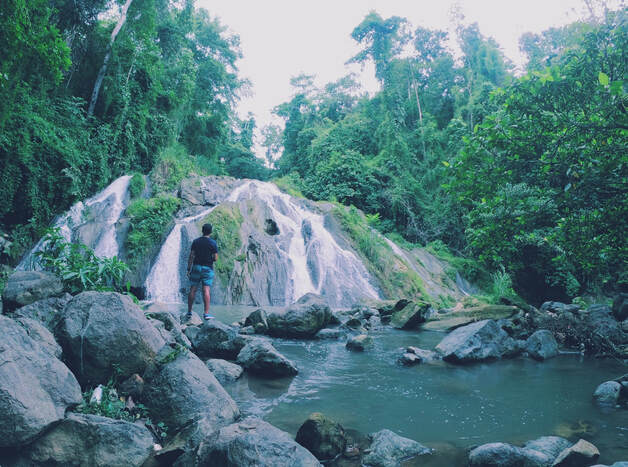
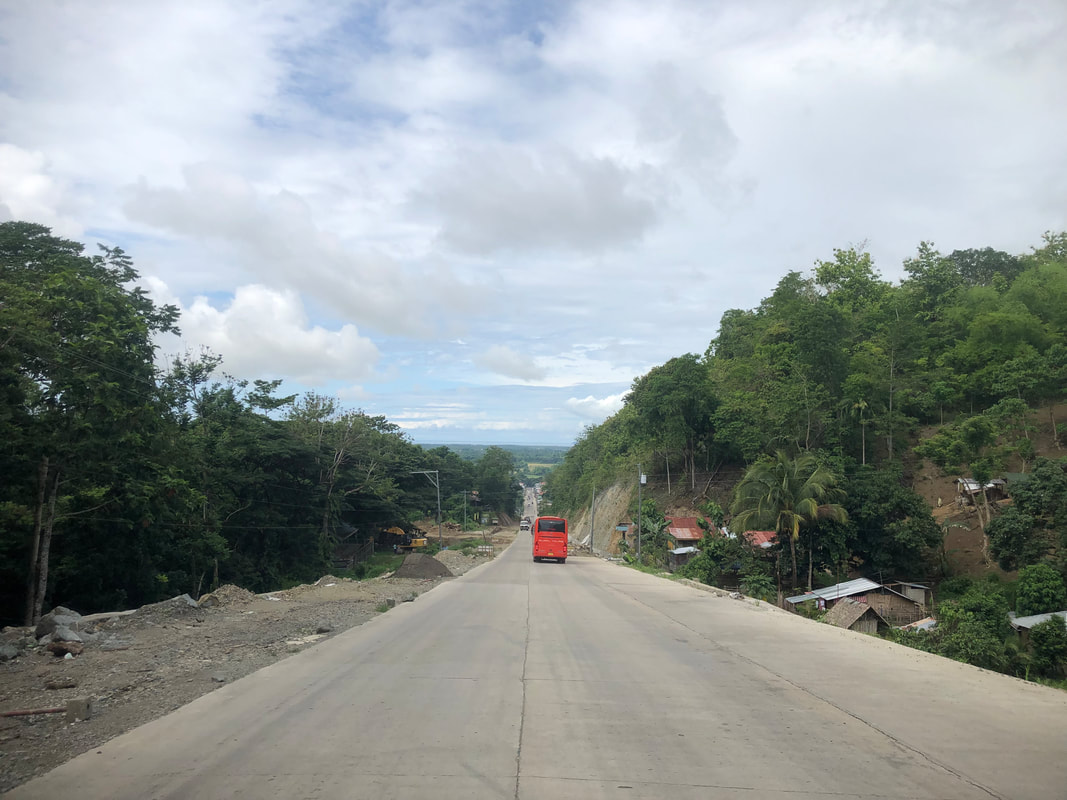
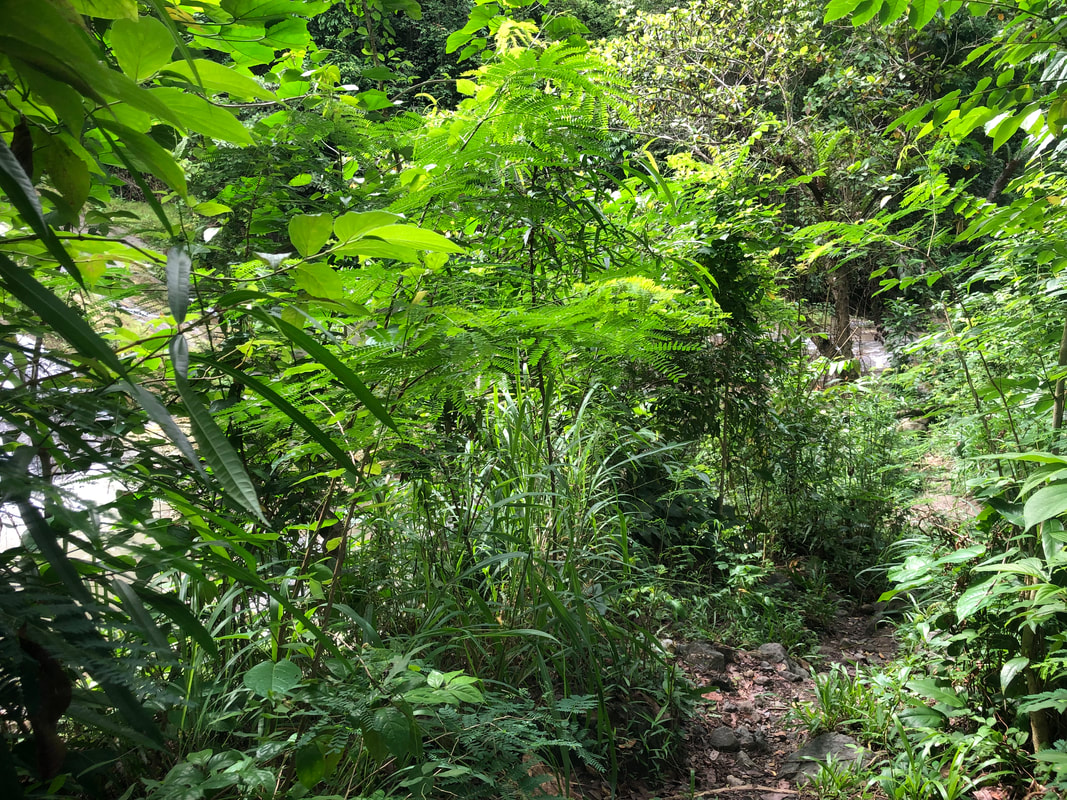
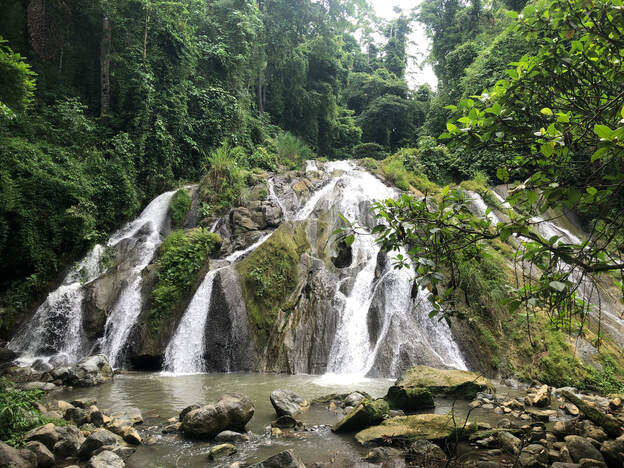
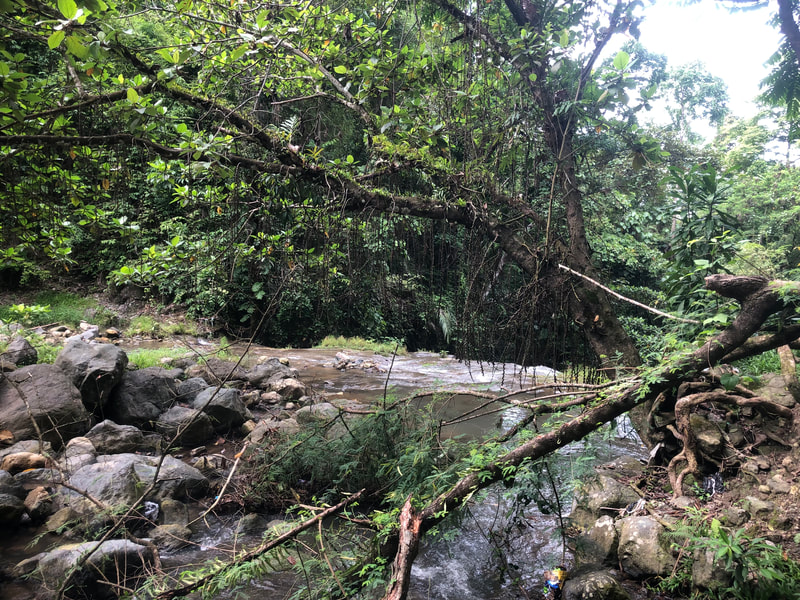
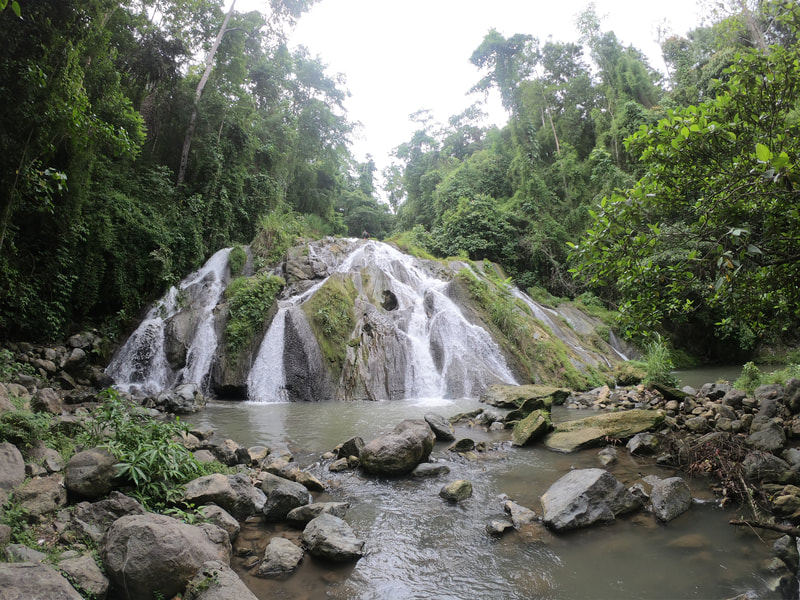
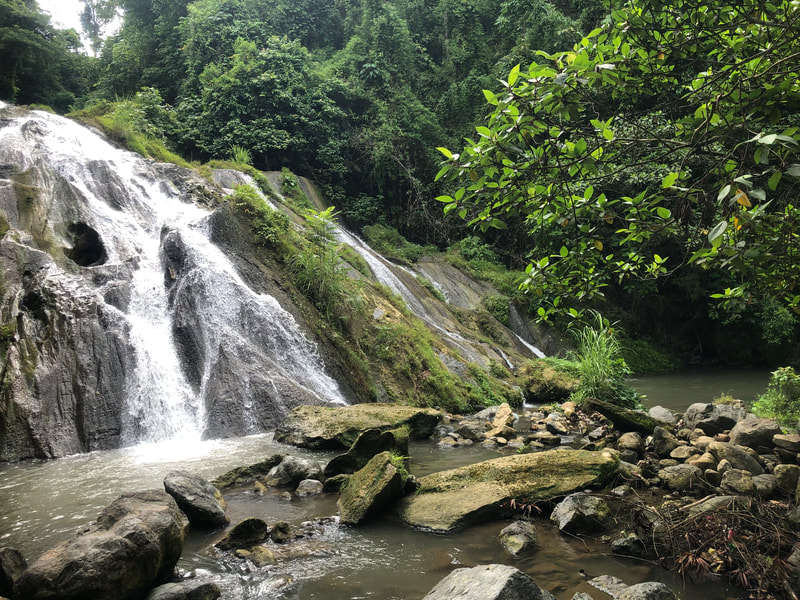
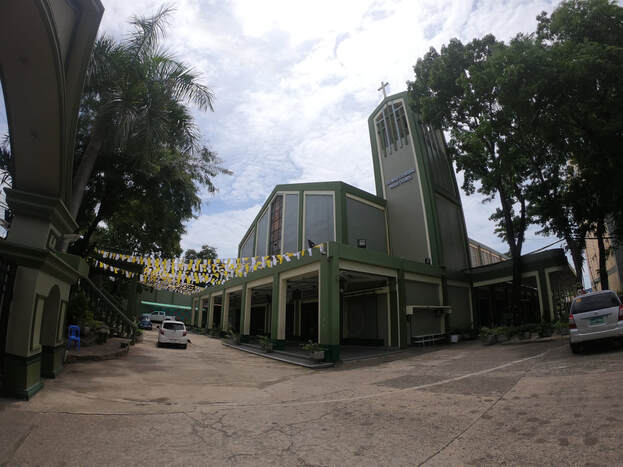
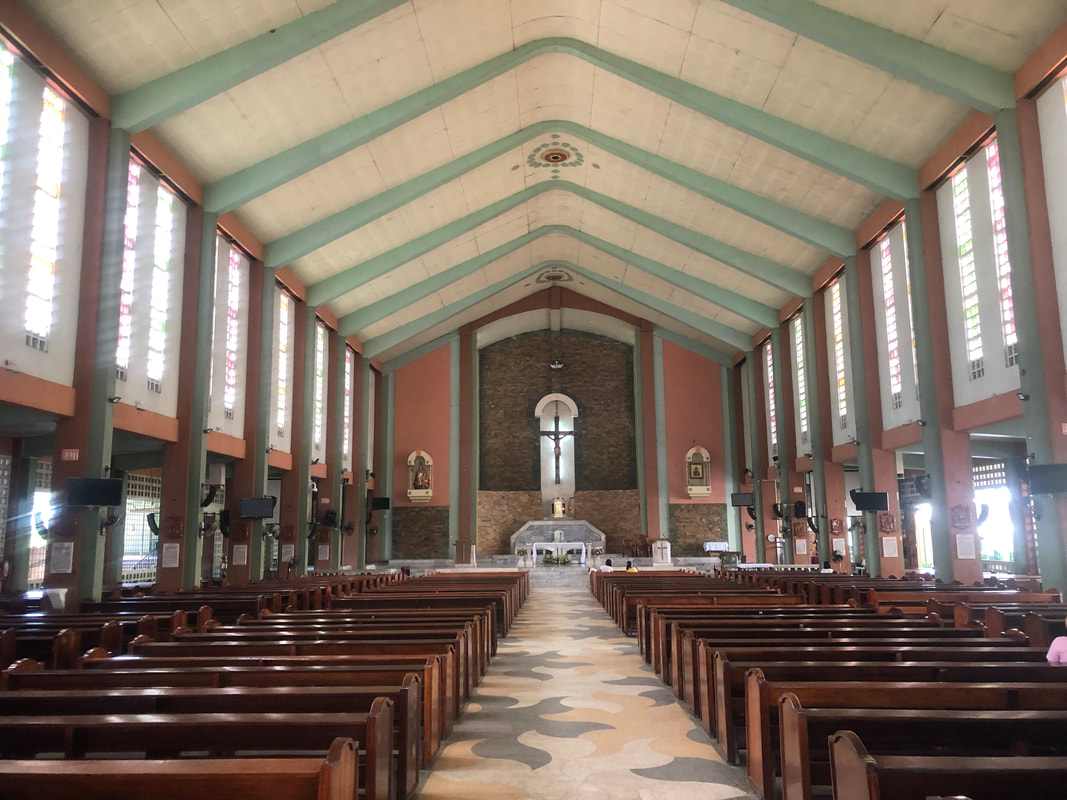
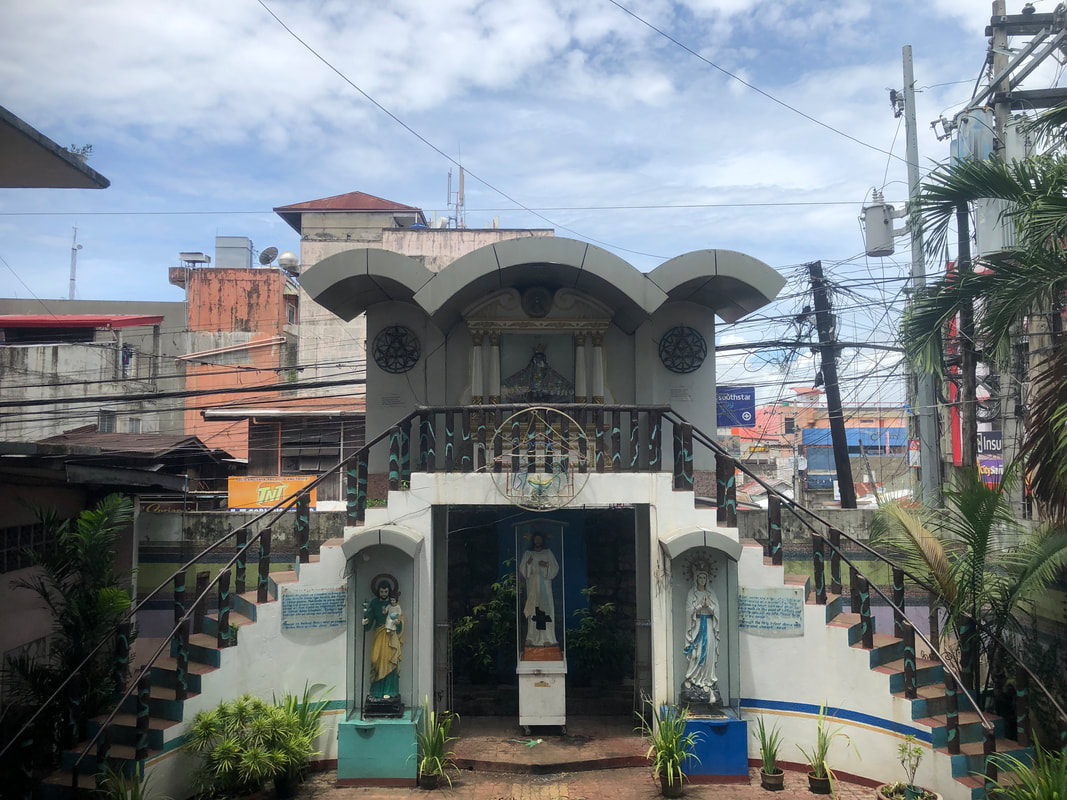
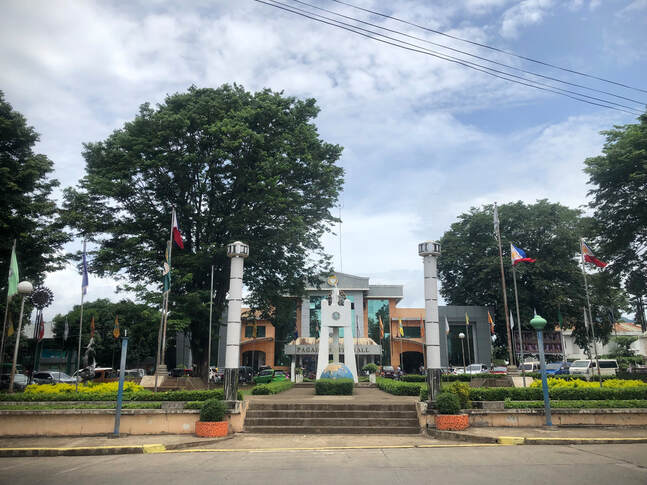
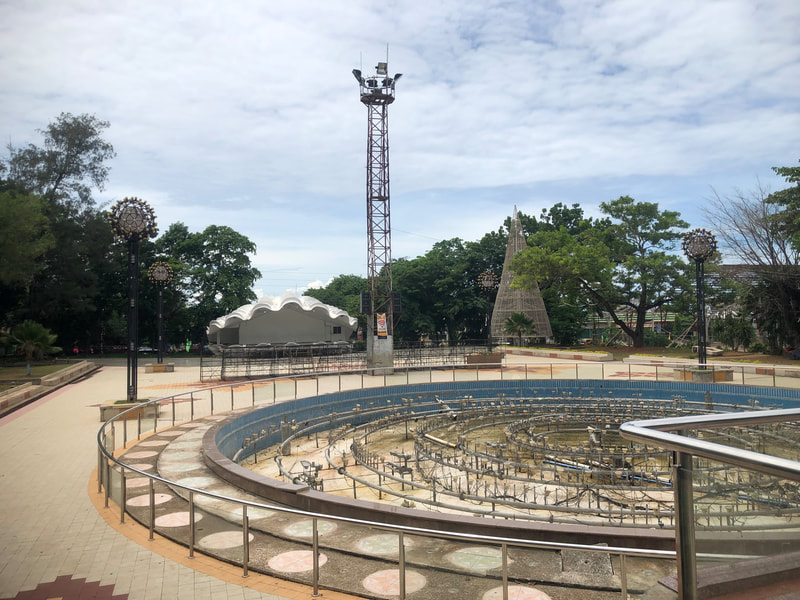
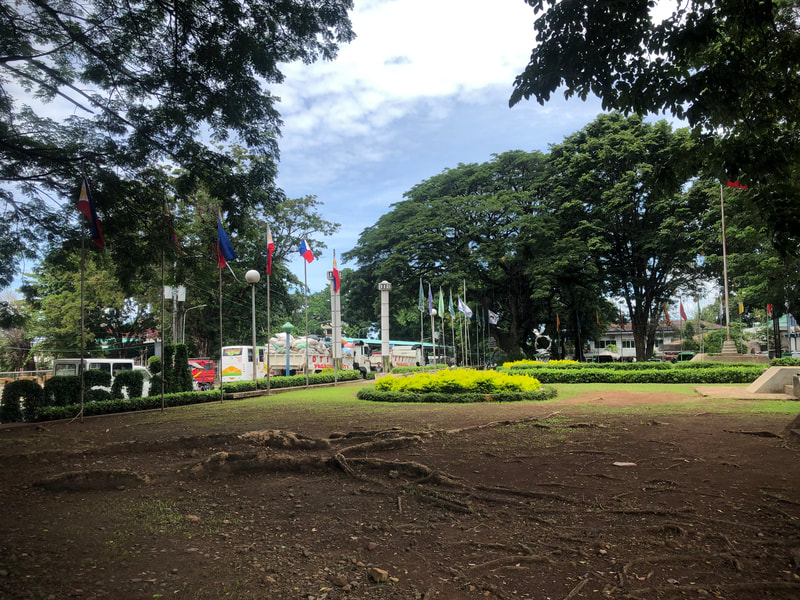
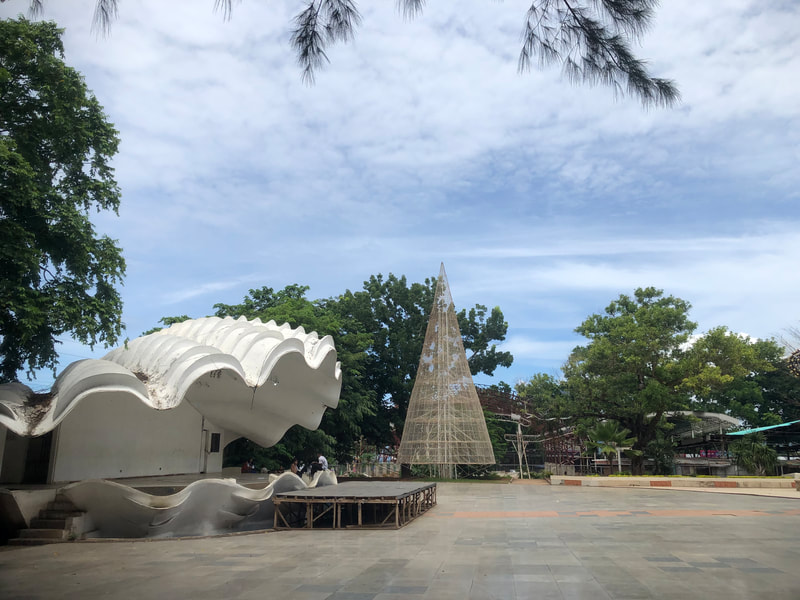
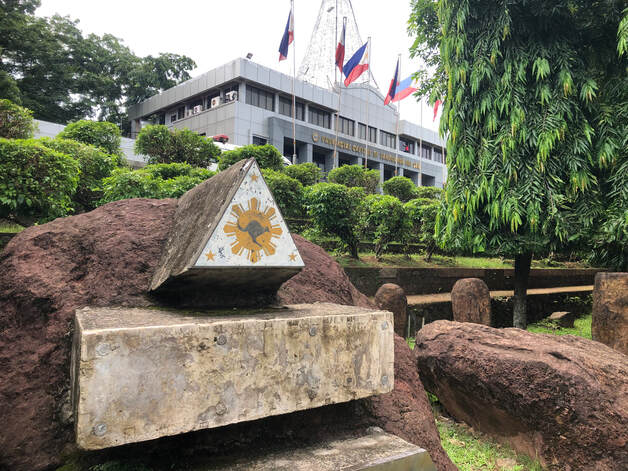


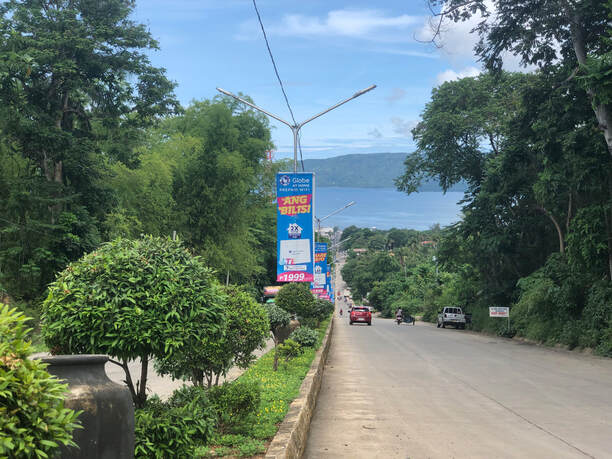

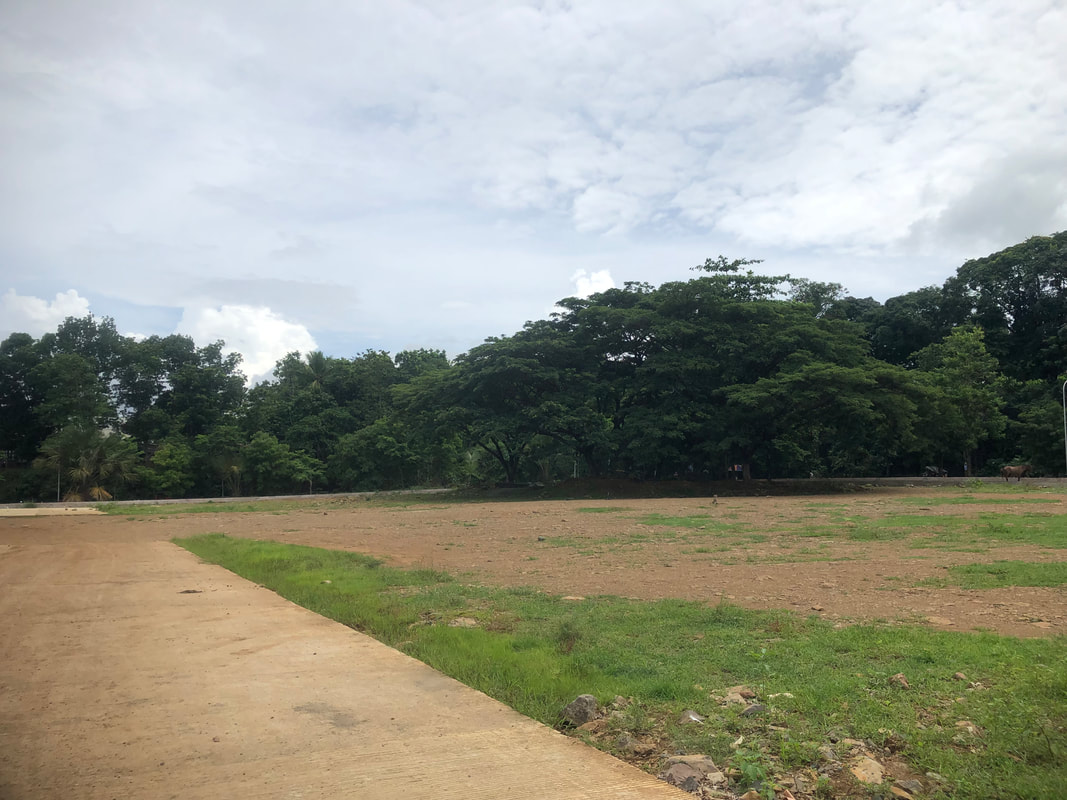
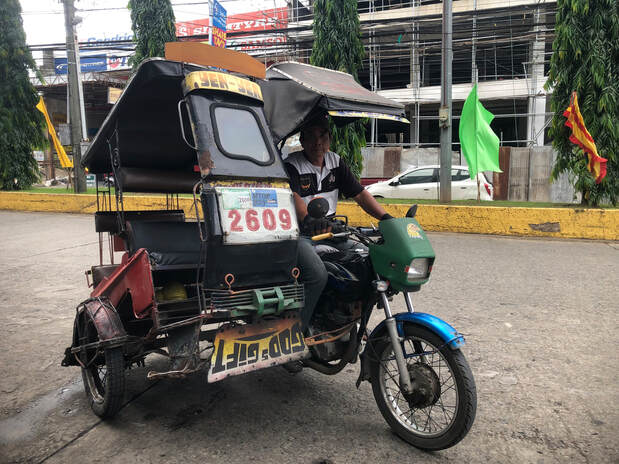
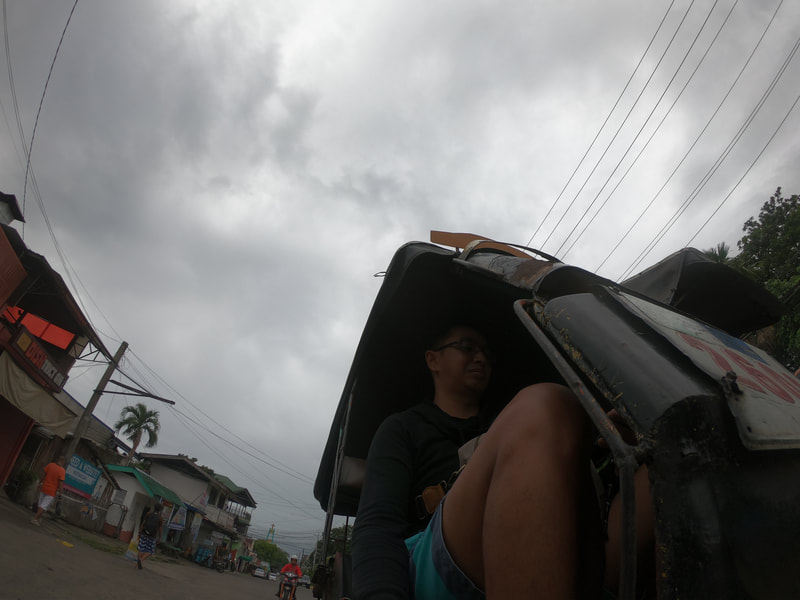
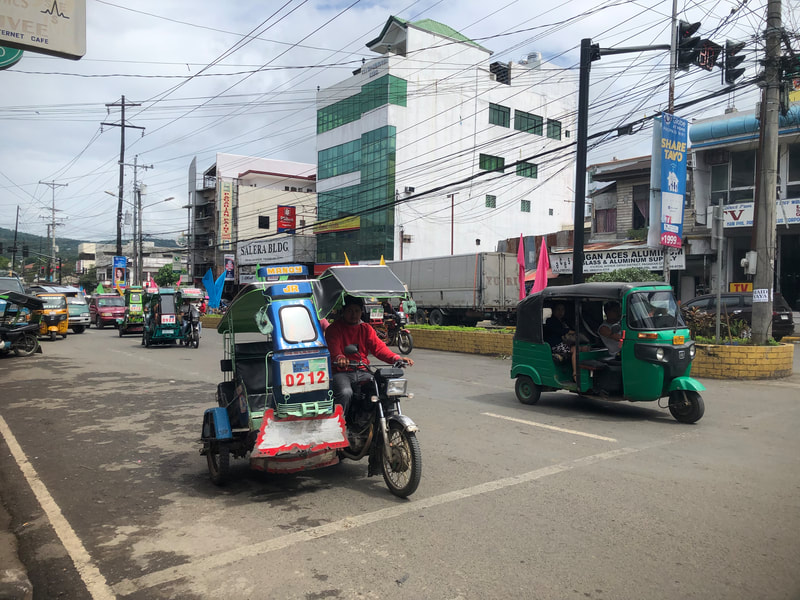
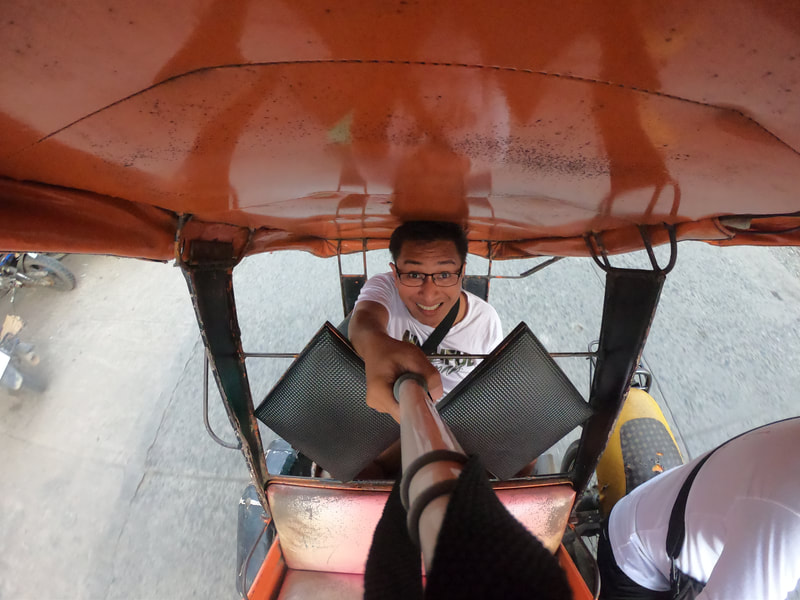
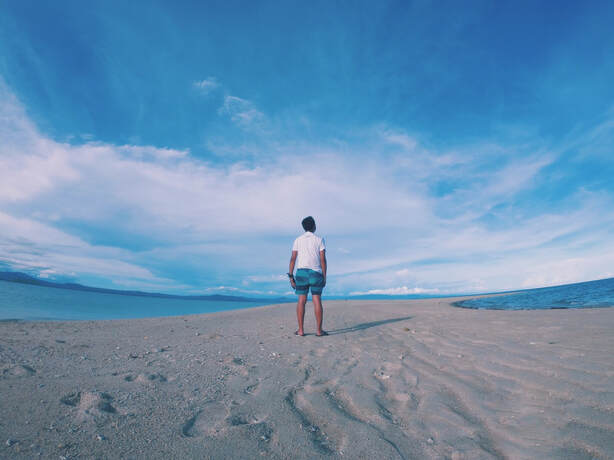
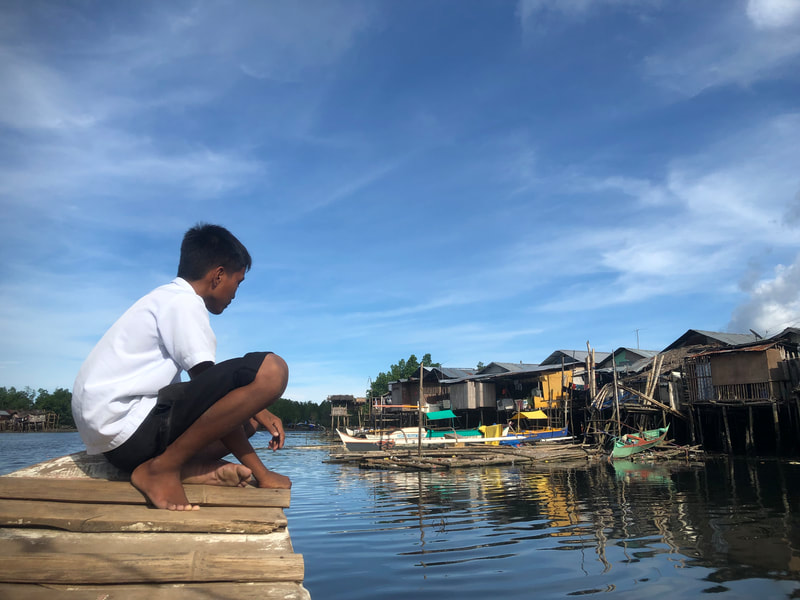
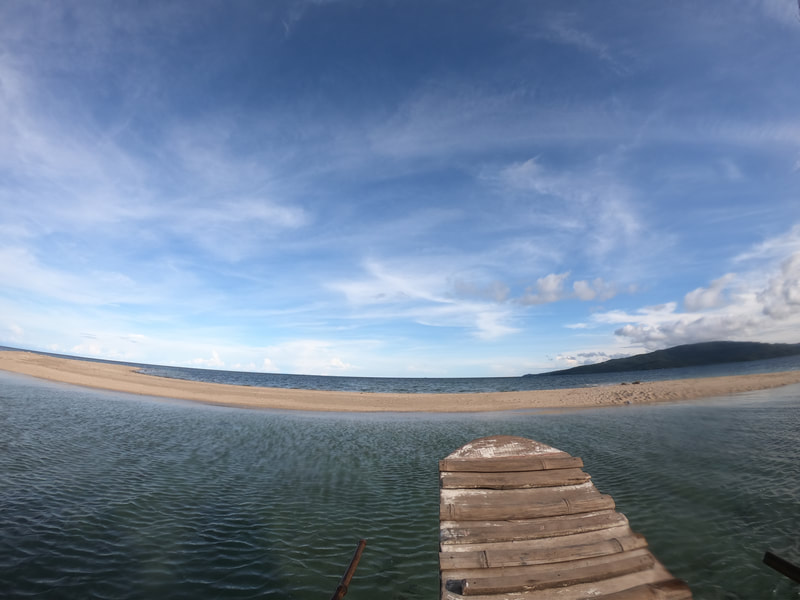
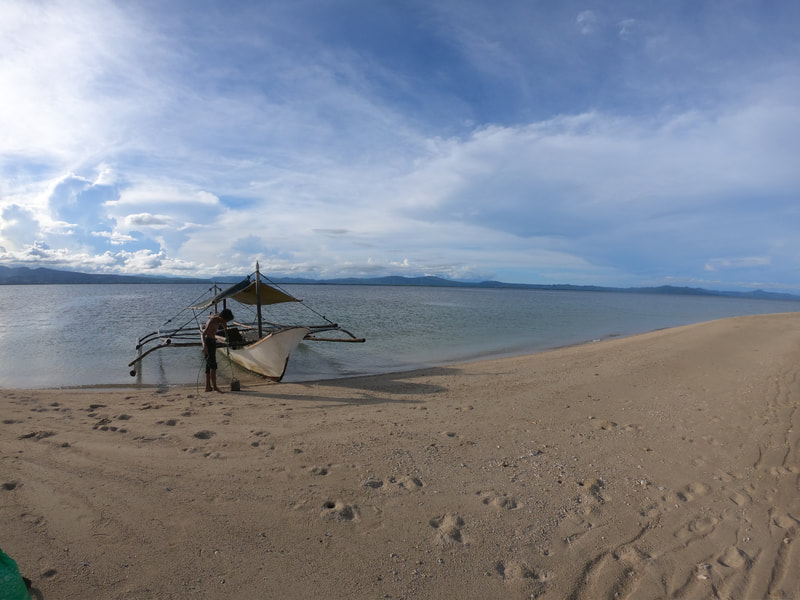
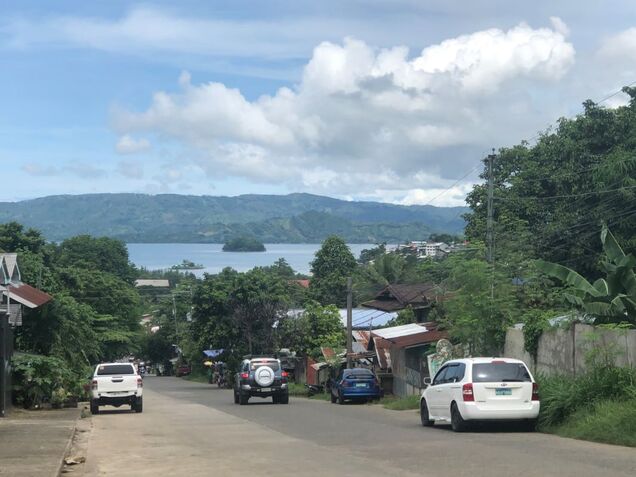
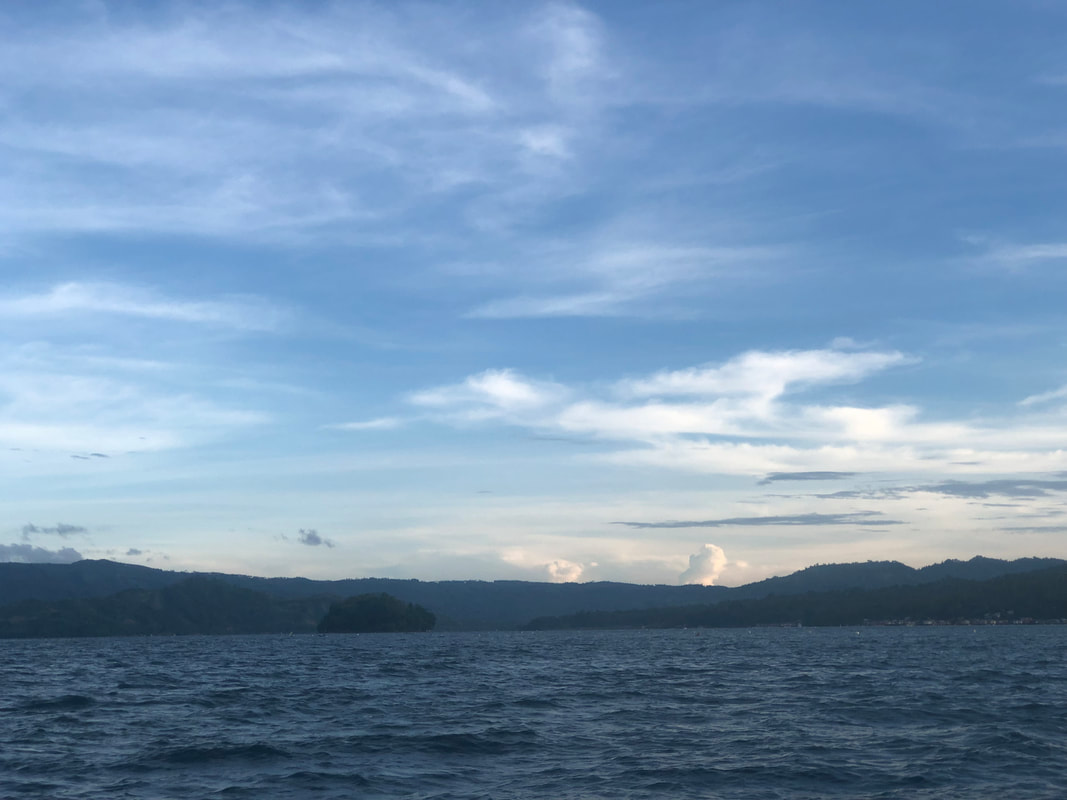
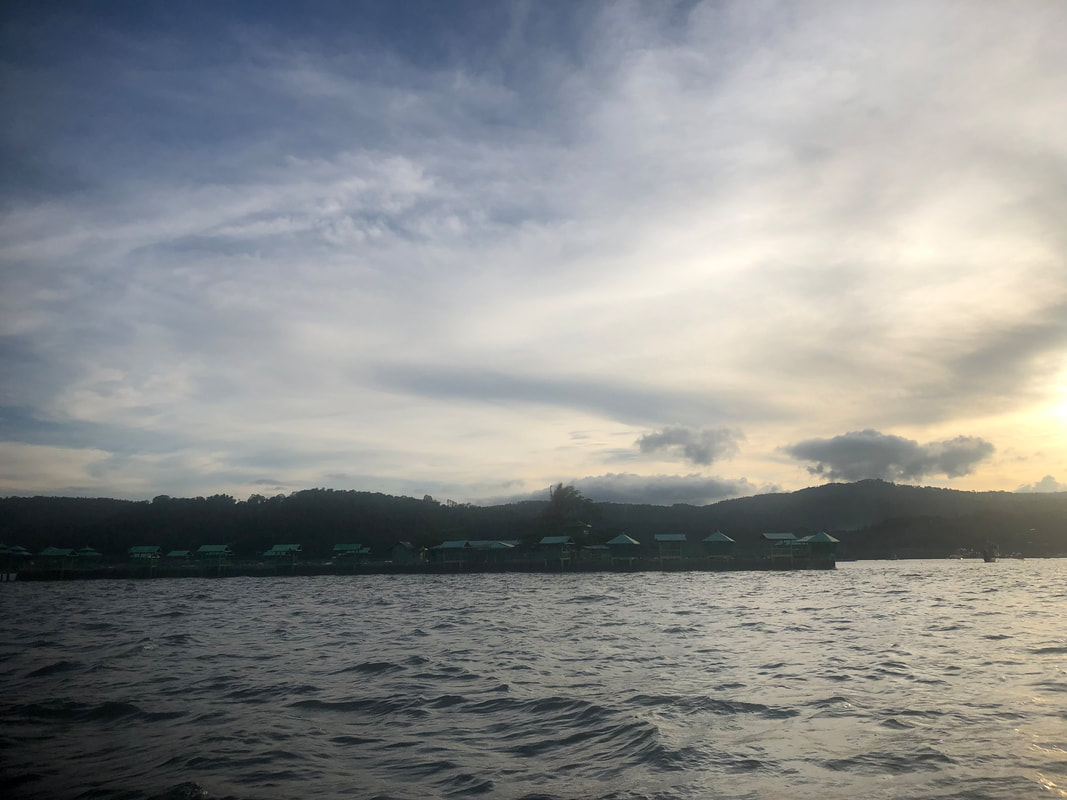
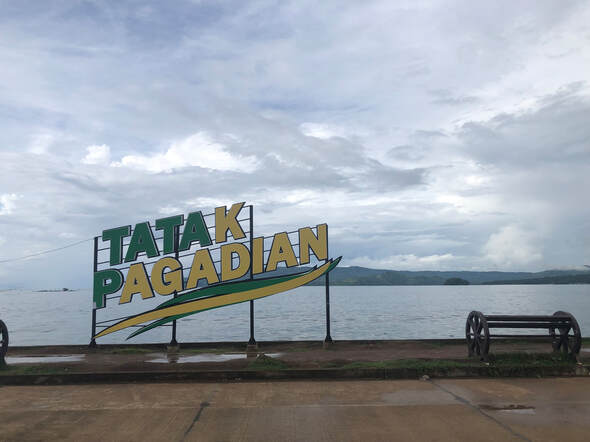
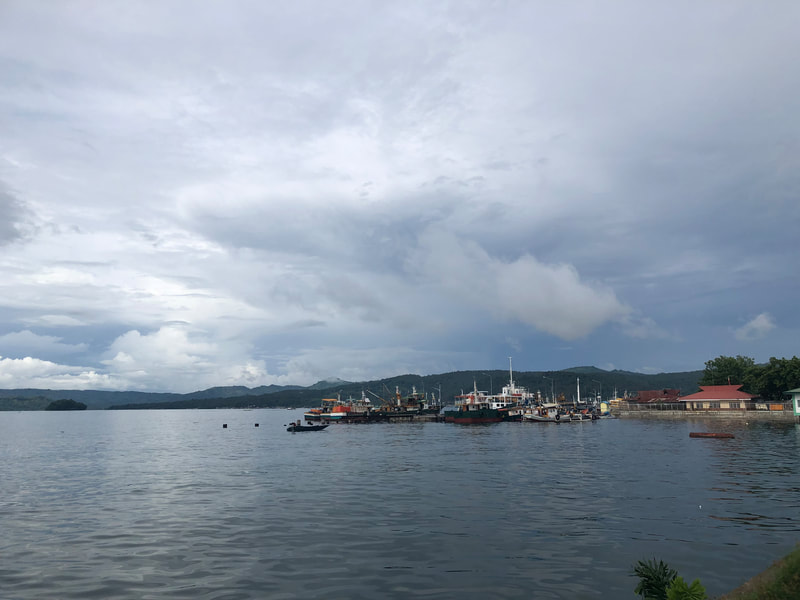
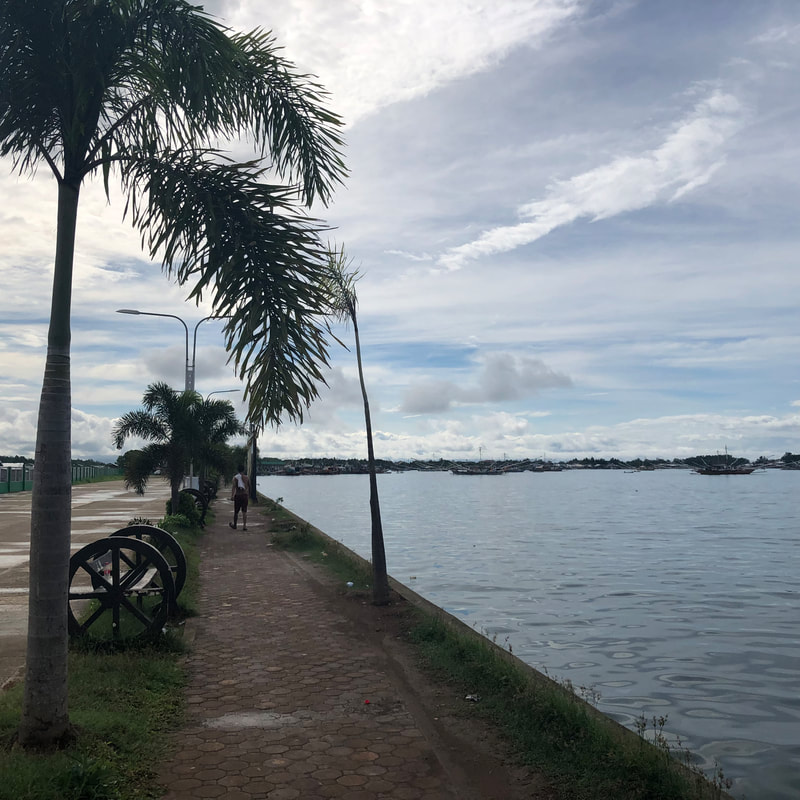
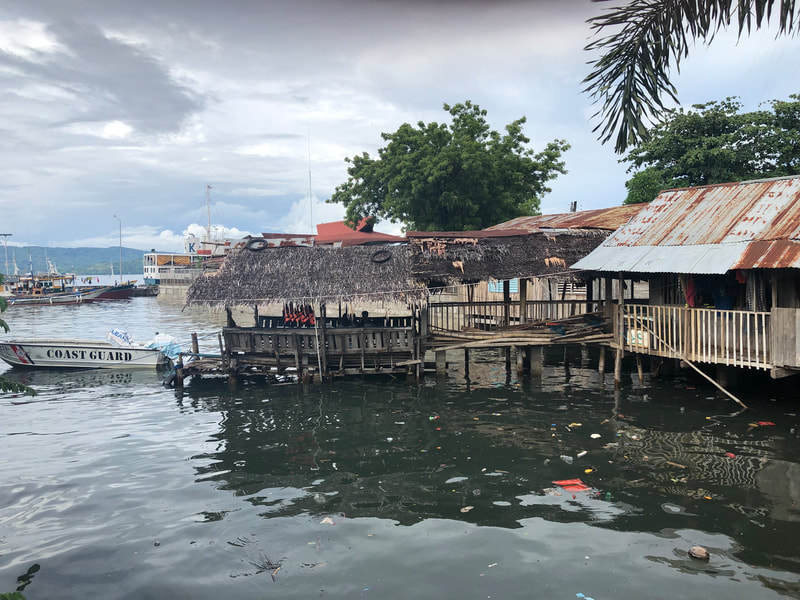
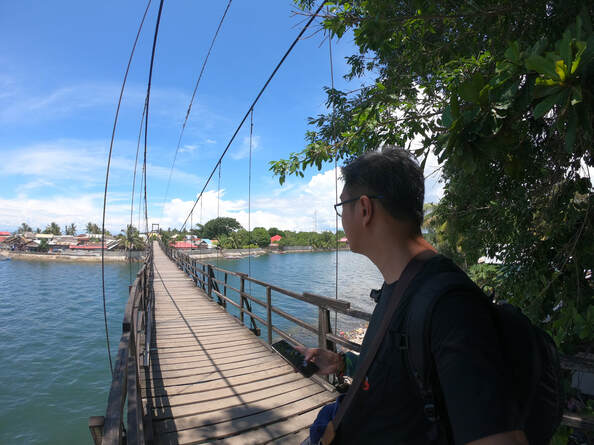
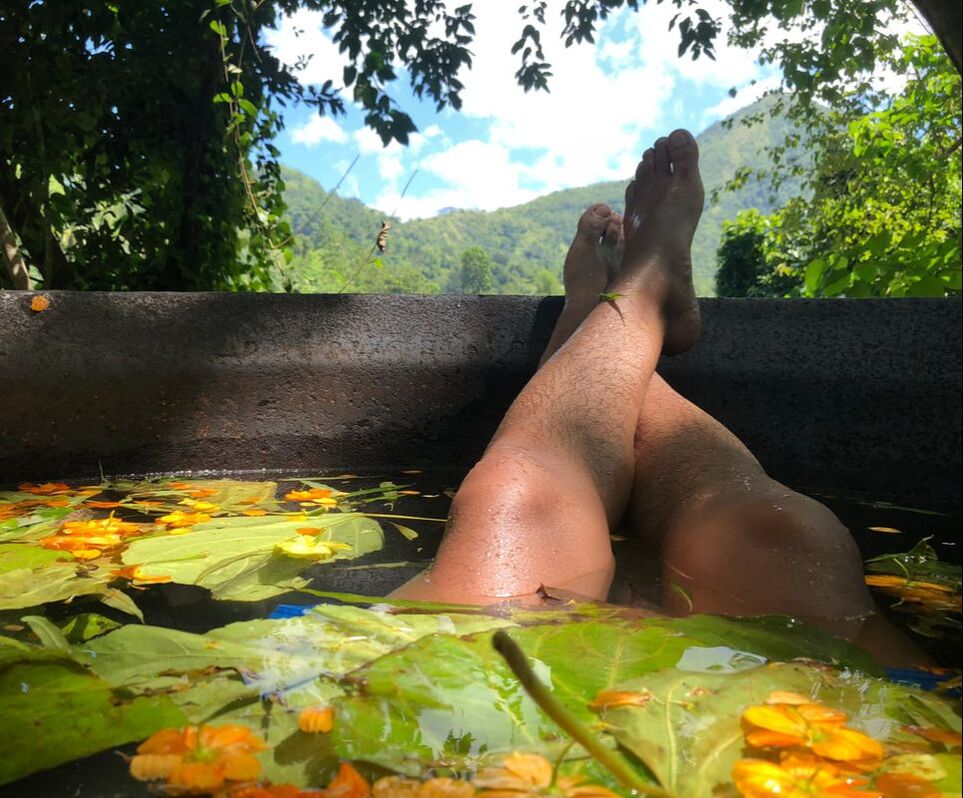




 RSS Feed
RSS Feed